Table of contents
Understanding the Investment in Ductless Climate Control
The ductless mini split cost is a common concern for homeowners exploring efficient heating and cooling solutions. The upfront investment for these systems reflects their sophisticated technology, professional installation requirements, and durable components. Key factors influencing the final investment include:
- Whether you need a single-zone or multi-zone system
- The system's capacity (BTUs) and energy efficiency rating
- The complexity of the installation in your home
- Potential additional needs like electrical work or permits
If you're a homeowner in Greater Birmingham, AL, weighing whether a ductless system makes sense for your home, it's helpful to understand what you're investing in. Mini-splits represent a different category of climate control—more like a central HVAC system than a simple window unit. The investment provides year-round heating and cooling, zone-by-zone control, and high efficiency levels that can lead to significant long-term savings on energy bills. They are particularly valuable for homes without existing ductwork, for room additions, or in spaces where running new ducts would be impractical.
For expert guidance on whether a ductless system fits your home's needs and budget, explore our complete HVAC services or schedule a consultation with our team.
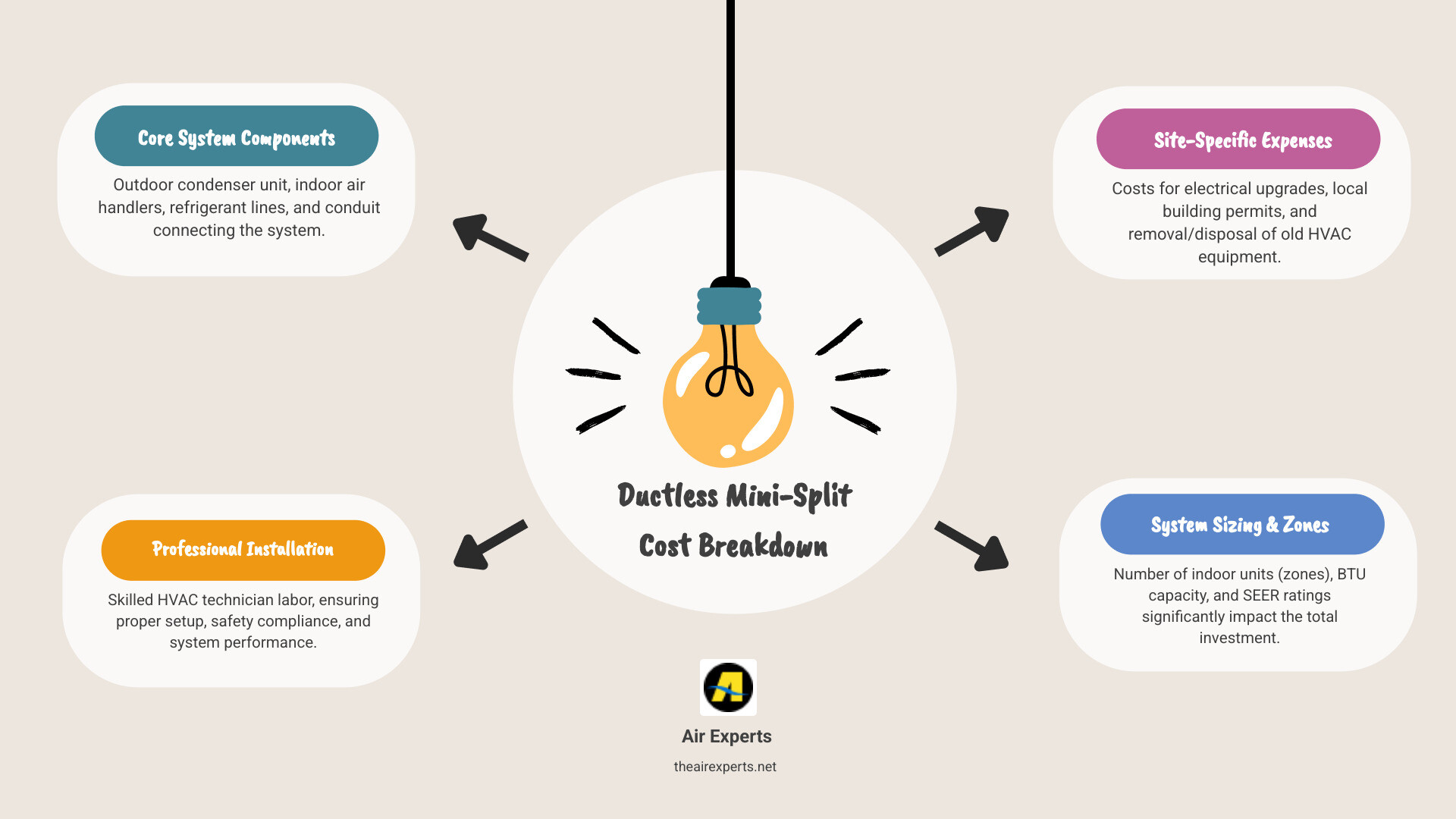
The Core Components of a Mini-Split System
When you're looking at the ductless mini split cost, it helps to understand what you're paying for. A ductless mini-split system consists of an outdoor condenser unit and one or more indoor air handler units. These are connected through a small conduit that carries refrigerant lines, electrical wiring, and a condensate drain, requiring only a small hole in the wall.
The outdoor unit handles the heat exchange, while the indoor units deliver conditioned air directly into your living spaces. This direct delivery is a key reason mini-splits are so efficient—there's no ductwork where a significant amount of heated or cooled air could be lost. Each indoor unit has its own remote, allowing for personalized zoned comfort. This means you can set different temperatures in different rooms, or turn off units in unused spaces.
Another noticeable benefit is how quietly these systems run. Most indoor units operate at whisper-quiet levels, often around 19 decibels, which is quieter than a library. The upfront investment reflects this advanced technology, quality components designed for a long service life, and the professional installation required to make it all work safely and efficiently.
Understanding the System's Technology
Most modern ductless mini-splits use inverter technology with a variable-speed compressor. Unlike traditional systems that are either all on or all off, an inverter-driven compressor adjusts its speed to precisely match your home's needs. This is like cruise control for your home's climate, maintaining a steady temperature without the energy waste of constant starting and stopping. This precise control leads to more stable temperatures and significant energy savings.
These systems also function as heat pumps, providing both cooling and heating. The same heat pump functionality that cools your home in summer can efficiently pull warmth from the outside air in winter, costing far less to run than traditional electric resistance heat.
Key Benefits and Considerations
The energy efficiency is a major benefit. By eliminating ducts, you avoid the energy loss common in traditional systems. Zoned control further improves efficiency by allowing you to heat or cool only the rooms you're using.
Many people are also surprised by the improved air quality. Each indoor unit has multi-stage filtration to capture dust, pollen, and other airborne particles. Combined with quiet operation, these features create a more comfortable and healthier indoor environment.
The main considerations are the higher initial investment compared to simpler options like window units and the fact that professional installation is required. This is not a DIY project; proper installation is critical for safety, efficiency, and protecting your warranty. The long-term value typically outweighs these considerations, but it's important to understand both sides before making a decision.
The Biggest Investment Factors: What Determines Your Ductless Mini Split Cost
The ductless mini split cost is not a one-size-fits-all number. It’s shaped by several factors unique to your home and comfort needs, including the system size, your home's layout, local climate, installation complexity, and the equipment's features.
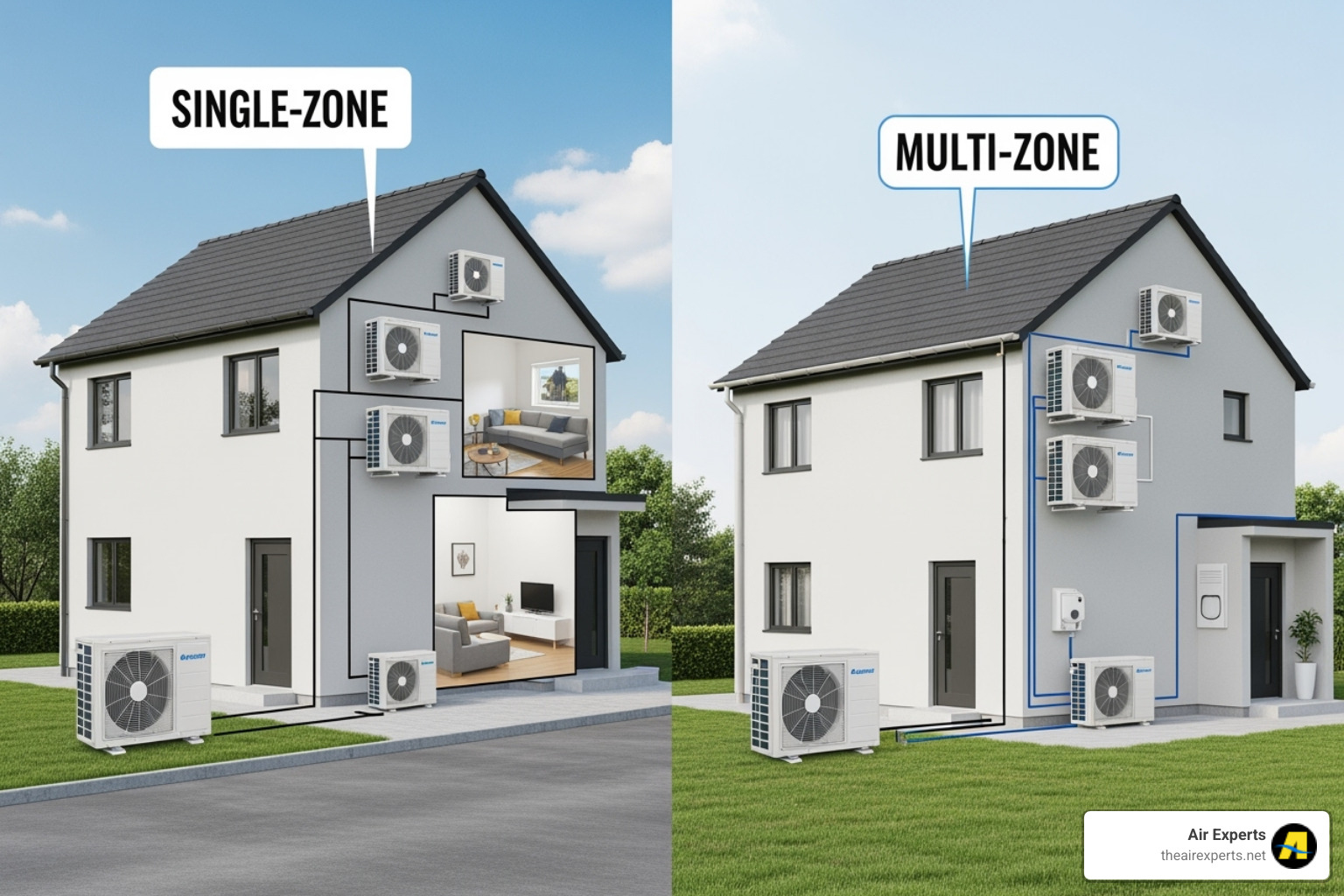
Single-Zone vs. Multi-Zone Systems
One of the biggest factors affecting your investment is whether you need a single-zone or multi-zone system.
A single-zone system connects one outdoor unit to one indoor unit. It's a perfect solution for a specific area, like a room addition, a home office, or a bedroom that's always too hot or cold.
A multi-zone system connects one outdoor unit to multiple indoor units (from two to eight or more). Each indoor unit operates independently, allowing for personalized comfort in different rooms. While this setup involves a larger investment due to additional equipment and labor, it provides a flexible, whole-home solution.
System Capacity (BTUs) and Efficiency (SEER)
System capacity, measured in BTUs (British Thermal Units), is a measure of heating or cooling power. The right capacity depends on factors like room size, ceiling height, insulation, window quality, and sun exposure. Proper sizing is crucial: an undersized unit will struggle to keep up, while an oversized unit will cycle inefficiently. A professional load calculation is the only way to ensure the sizing is just right for your space.
Efficiency ratings tell you how much performance you get for the energy consumed. You'll see a few key ratings:
- SEER (Seasonal Energy Efficiency Ratio) measures seasonal cooling efficiency.
- EER (Energy Efficiency Ratio) measures cooling performance at peak outdoor temperatures.
- HSPF (Heating Seasonal Performance Factor) measures heating efficiency for heat pumps.
In each case, a higher number means greater efficiency. High-efficiency units have a larger upfront investment but deliver lower energy bills over the system's lifespan. Balancing your initial budget with long-term savings is a key part of the decision.
Installation Complexity
Your home's unique layout can affect the complexity and labor involved in the installation.
- Indoor Unit Style: Standard wall-mounted units are often the most straightforward to install. Alternative styles like ceiling cassettes or floor-mounted units may require more intricate work.
- Line Set Length: The distance between the indoor and outdoor units impacts the amount of materials and labor needed. Longer runs are more complex to install.
- Wall Penetration: The type of exterior wall material (e.g., siding vs. brick) affects the difficulty of creating the opening for the line set.
- Accessibility: Installing units in tight spaces like attics or on high cathedral ceilings requires more time and care than installations in open, easily accessible rooms.
An experienced HVAC professional will assess these factors during an initial consultation to provide a clear plan for your specific installation.
Beyond the Unit: Installation and Other Considerations
While the equipment is a major part of the ductless mini split cost, professional installation and other related services are just as critical for ensuring your system operates safely, efficiently, and reliably.
Professional installation isn't optional—it's essential for safety, performance, and protecting your investment. A licensed HVAC technician ensures the installation meets all local safety codes, handles system components correctly, and positions everything for peak performance. Crucially, most manufacturers require professional installation to keep the warranty valid.

Electrical Upgrades and Permits
A new mini-split system requires a dedicated electrical circuit. In some cases, especially in older homes in the Greater Birmingham, AL area, the existing electrical panel may not have enough capacity. This could necessitate an electrical panel upgrade or the installation of a sub-panel to safely support the new system.
Additionally, most municipalities require local building permits for HVAC and electrical work. These permits ensure the installation is performed to code and inspected for safety. A professional HVAC contractor will handle the permitting process as part of the project.
Removal of Old HVAC Equipment
If your new mini-split is replacing an old system, you'll need to account for the existing system decommissioning. This involves safely disconnecting the old unit and, if it contains refrigerant, ensuring it is recovered and disposed of according to environmental regulations.
DIY vs. Professional Installation
The temptation to save on labor costs with a DIY installation is understandable, but it comes with significant risks. Mini-split installation is a technical project that requires specialized tools and knowledge.
Improper handling of refrigerants, incorrect electrical work, and poor system placement can lead to serious problems. Risks of DIY include inefficient operation, premature system failure, fire or electrical hazards, and environmental damage. Perhaps most importantly, a DIY installation will almost certainly void your manufacturer's warranty, leaving you responsible for any future repair costs.
The value of professional expertise can't be overstated. A pro ensures your system is sized and installed correctly for optimal performance and longevity. Investing in professional installation protects your home, your family, and your new equipment.
Calculating the Long-Term Value of a Ductless System
When weighing the ductless mini split cost, it's important to look beyond the initial number and consider the long-term value. The return on investment (ROI) for a ductless system comes from years of energy savings and improved comfort.
Over time, the reduction in monthly energy bills can effectively offset the initial investment, creating a payback period. After that, the ongoing savings continue for the life of the system.
Here’s a quick comparison of ductless mini-splits and traditional central HVAC systems:
| Feature | Ductless Mini-Splits | Traditional Central HVAC |
|---|---|---|
| Ductwork Required | No | Yes |
| Zoning Capability | Excellent (individual room control) | Possible (with added equipment, less flexible) |
| Energy Efficiency | High (no duct loss, inverter tech) | Good (if well-maintained, but duct losses can occur) |
| Installation Time | Generally faster, less invasive | Longer, more invasive (especially if new ductwork needed) |
| Aesthetics | Visible indoor units | Hidden (ducts), visible vents |
| Best For | Homes without ducts, additions, zoned comfort | Whole-home uniform comfort with existing ductwork |
| Maintenance | Filter cleaning, annual professional service | Filter changes, annual professional service (duct cleaning) |
Energy Savings and Lifespan
Traditional ducted systems can lose a significant amount of energy through leaks in the ductwork. Ductless systems eliminate this problem by delivering conditioned air directly into the room. This, combined with zoned control capability, leads to substantial energy savings. You only pay to heat or cool the spaces you are actually using.
Homeowners in the Greater Birmingham, AL area often see a noticeable reduction in their energy bills, especially when replacing older, less efficient heating and cooling methods. A well-maintained ductless system is designed to provide reliable performance for many years, and consistent professional maintenance can often extend its lifespan even further.
Ideal Applications for Cost-Effectiveness
Ductless systems are particularly cost-effective in certain situations:
- Homes without existing ductwork: Installing a ductless system is far less invasive and often more economical than retrofitting a home with a full duct system.
- Room additions and converted spaces: A single-zone mini-split is an efficient way to condition a new space without overtaxing your existing HVAC system.
- Sunrooms and problem areas: A dedicated mini-split can solve comfort issues in rooms that are always too hot or too cold.
- Homes with specific usage patterns: Multi-zone systems allow you to avoid wasting energy on empty guest rooms or other infrequently used areas.
Rebates and Incentives
To encourage energy-efficient upgrades, various rebate and incentive programs may be available that can help reduce your upfront ductless mini split cost. These can include federal tax credits for high-efficiency equipment and rebates from your local utility company.
When shopping, look for ENERGY STAR certified models, as they often meet the requirements for these programs. Researching available incentives can make a real difference in your overall investment. Our team can also help point you toward resources for programs available in our service area.
For expert guidance on whether a ductless system makes sense for your home and budget, explore our complete HVAC services or reach out to schedule a consultation with our team.
Frequently Asked Questions about Mini-Split Investments
Here are answers to some of the most common questions we hear from homeowners in the Greater Birmingham, AL area about mini-split systems.
Is a mini-split worth the investment?
For many homeowners, the answer is a resounding yes. The value comes from several key areas. The high energy efficiency and zoned comfort capabilities can lead to significant long-term savings on utility bills. For homes without ductwork, they provide a modern, efficient solution without the cost and disruption of installing ducts. A well-maintained system offers years of reliable comfort and can even improve your home value by adding a desirable, energy-efficient feature.
Do you need a mini-split in every room?
Not necessarily. The beauty of mini-splits is their flexibility. Strategic placement is key. In an open floor plan, a single, properly sized indoor unit can often condition a large area. The goal of zoning flexibility is to customize the system to your family's lifestyle, placing units in primary living areas and bedrooms while skipping rooms that are rarely used. This approach ensures you get the comfort you need without investing in unnecessary equipment, helping to manage the overall ductless mini split cost.
How do mini-splits compare to central air?
The best choice depends on your home. If your home lacks ductwork, the ductless mini split cost is often comparable to or even less than installing a central air system with all-new ducting. The installation differences are also significant; mini-split installation is much less invasive.
In terms of energy usage, mini-splits often have an edge due to their inverter technology and zoned control. Traditional central air systems cool the entire house at once and can lose a substantial amount of conditioned air through leaky ducts. Mini-splits eliminate duct losses and only condition the rooms you choose.
Mini-splits offer greater overall flexibility and personalized comfort, while central air provides uniform, whole-home conditioning. For homes without ducts or for homeowners who prioritize zoned control, mini-splits are often the superior choice.
Conclusion
Understanding the ductless mini split cost means looking at the complete picture. The investment is determined by the equipment itself—the number of zones, system capacity, and efficiency ratings—as well as the essential costs of professional installation, potential electrical work, and permits.
However, the initial investment is only part of the story. The long-term value is found in the significant energy savings from zoned control and efficient inverter technology. With a long lifespan and proper care, a ductless system is an investment in your home's future and your family's comfort.
For our neighbors in the Greater Birmingham, AL area, choosing an HVAC system is a major decision. At Air Experts, we are committed to honest service and transparent communication. We listen to your needs, assess your home, and recommend a solution that makes sense for you and your budget. Our goal is to help you make an informed decision by providing all the facts about both the investment and the returns.
If you're ready to explore how a ductless mini-split system could transform your home's comfort, we're here to help. Reach out for a consultation, and let's find the perfect fit for your unique situation.
.svg)
.svg)
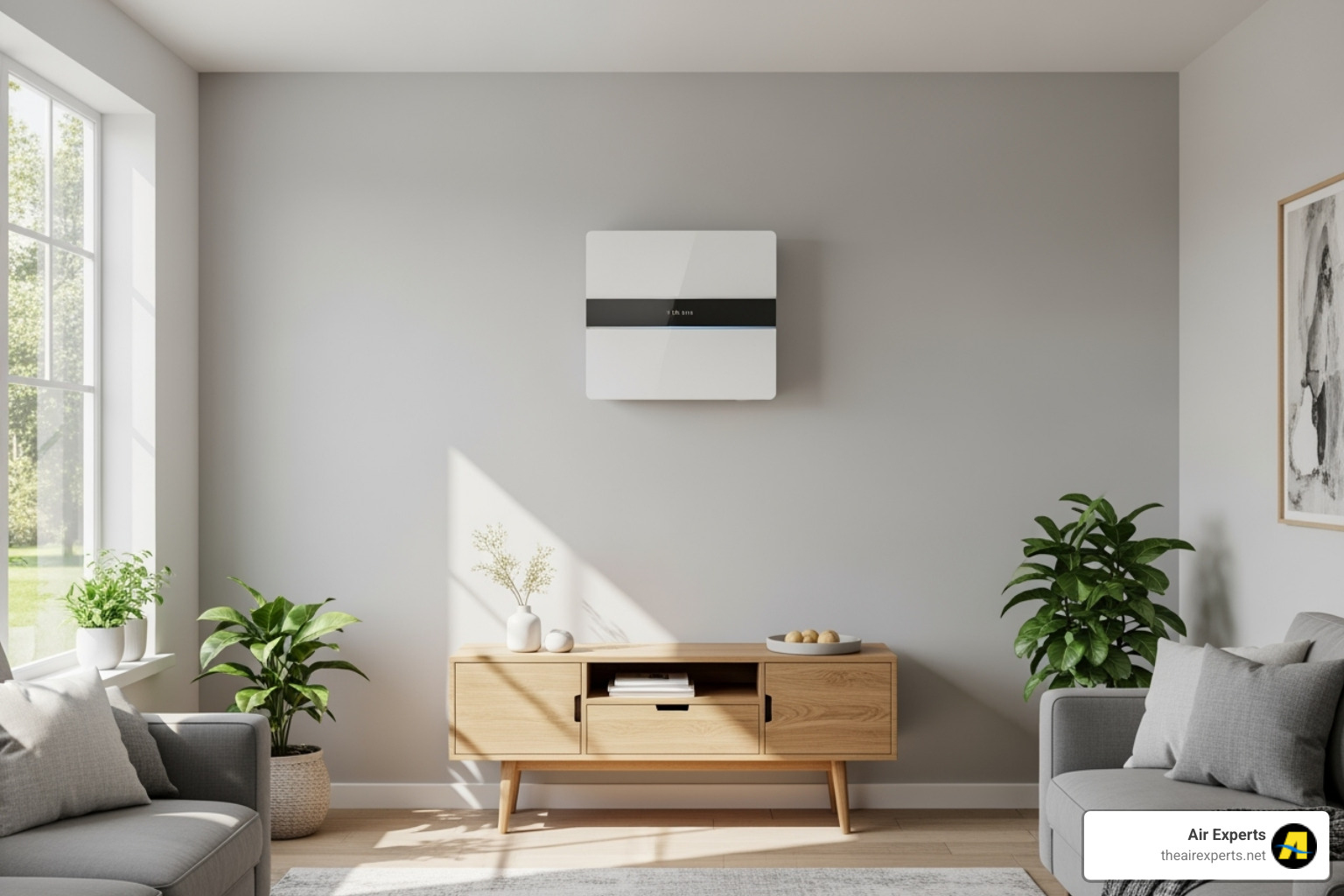

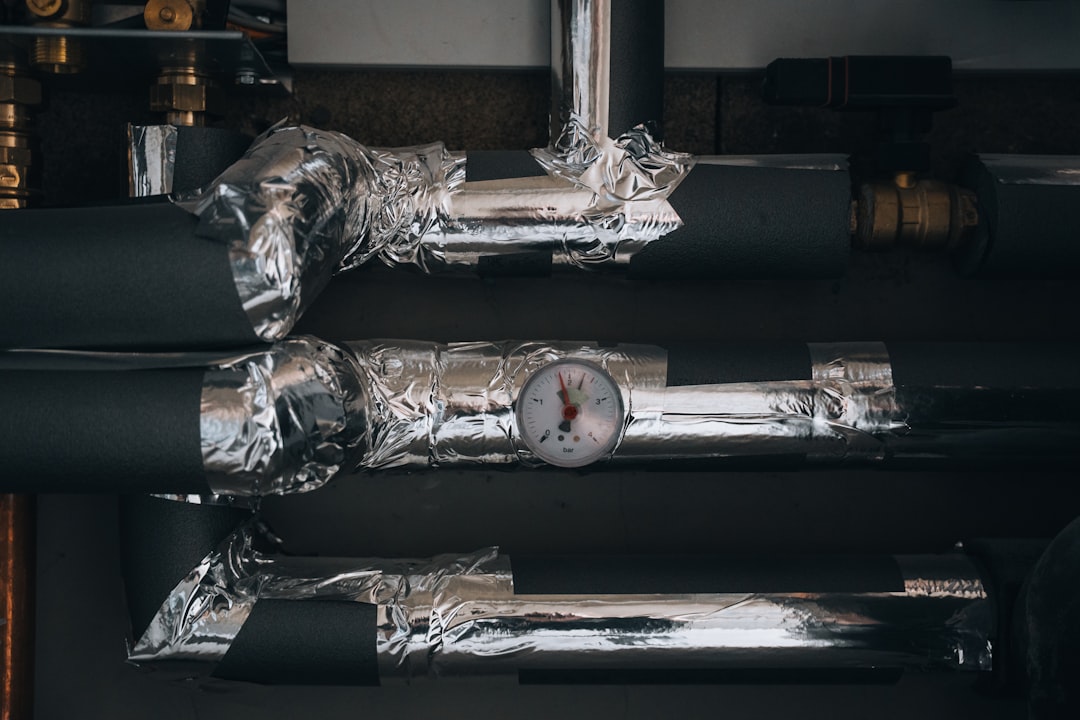


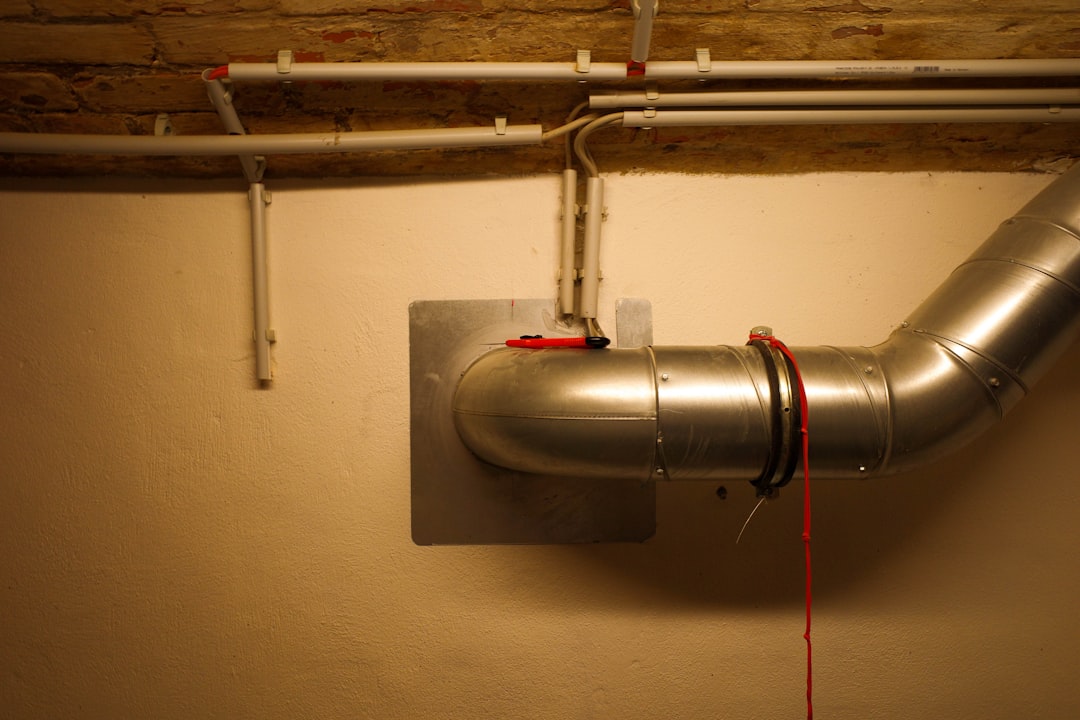

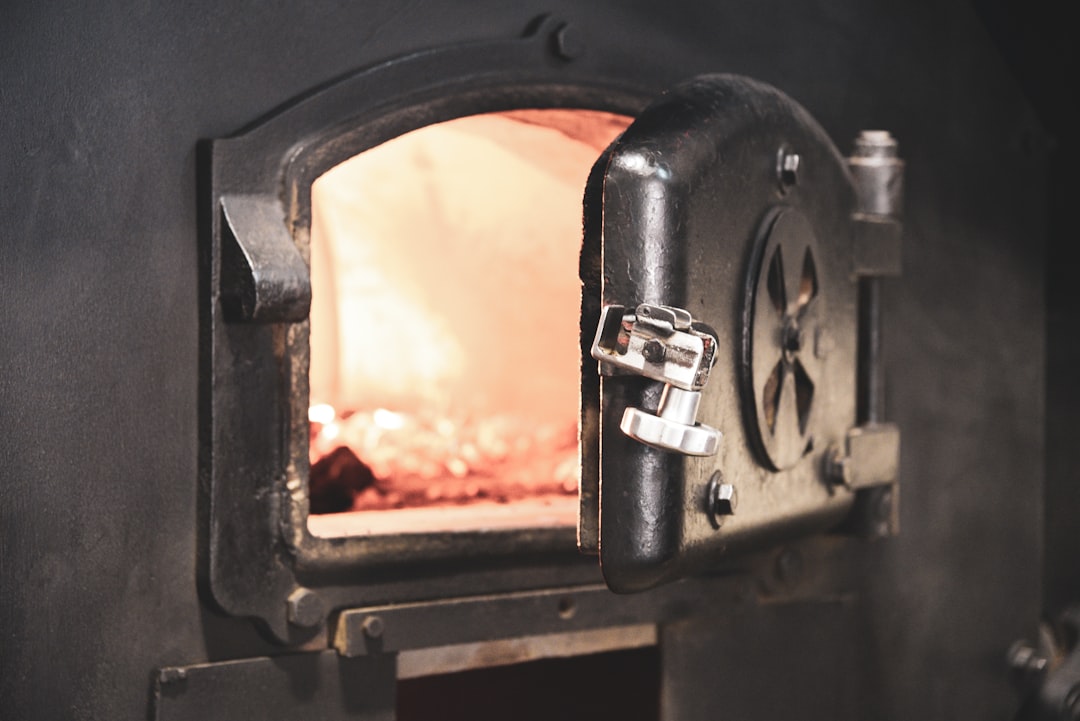

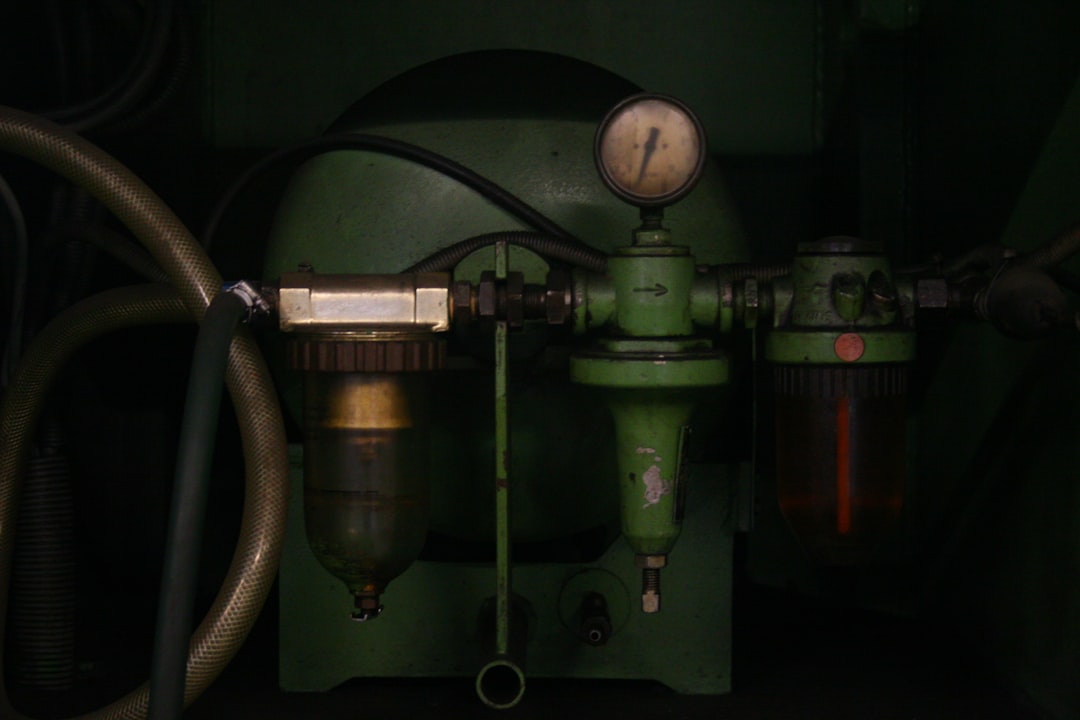
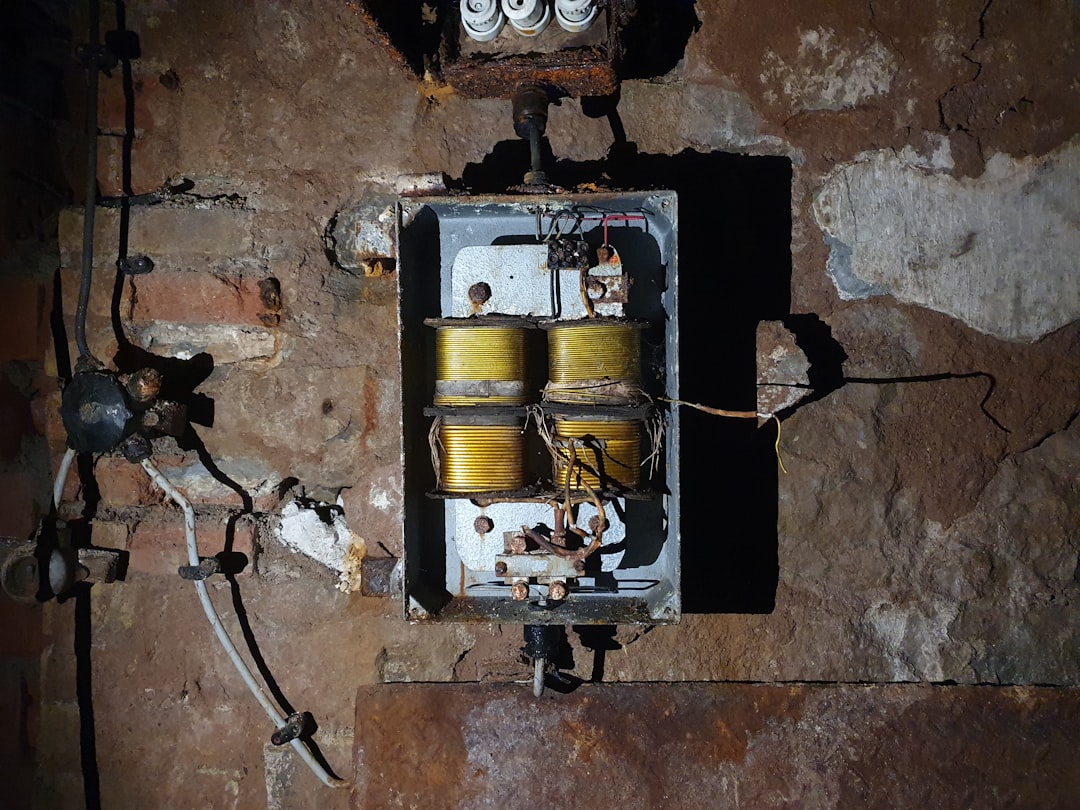


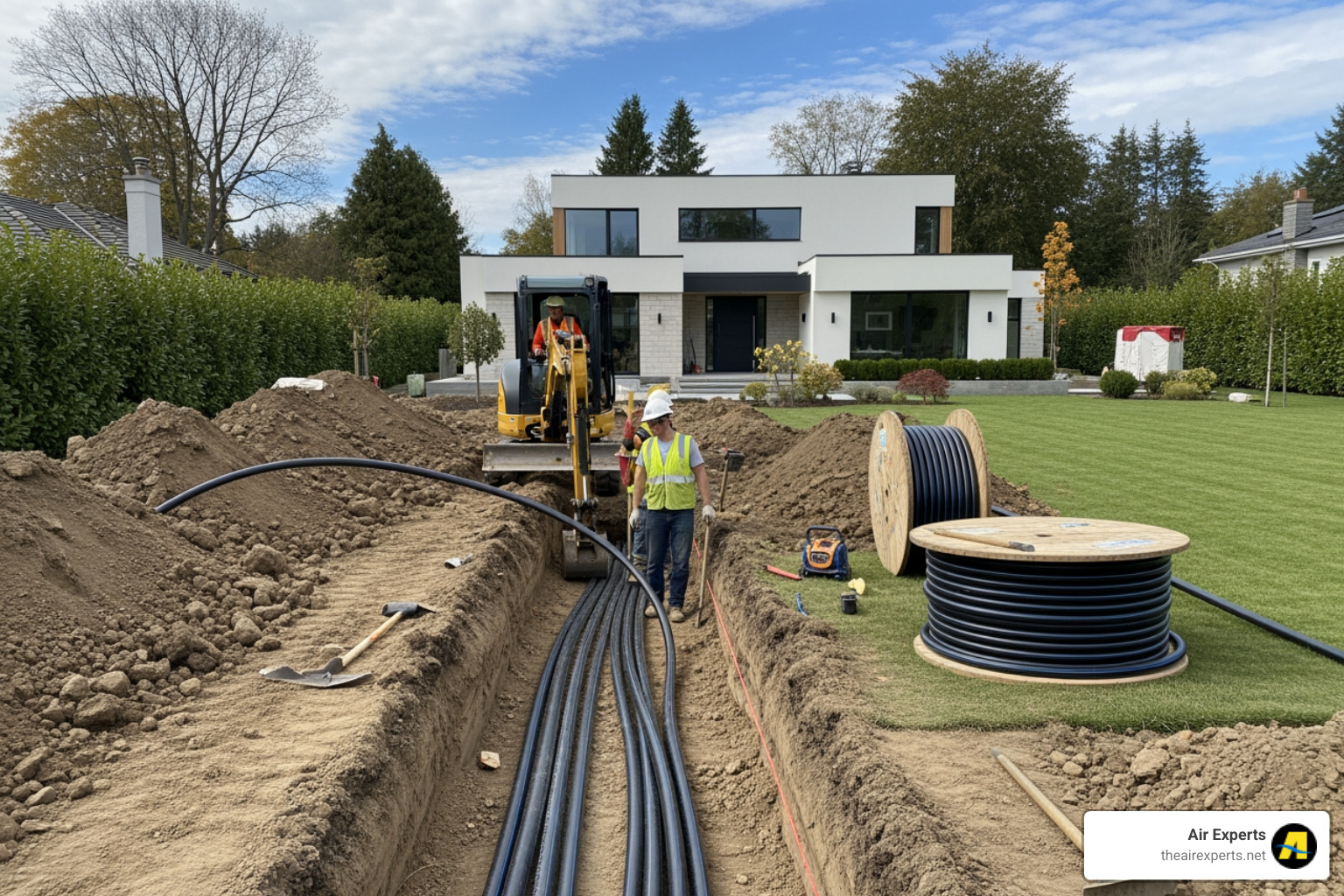

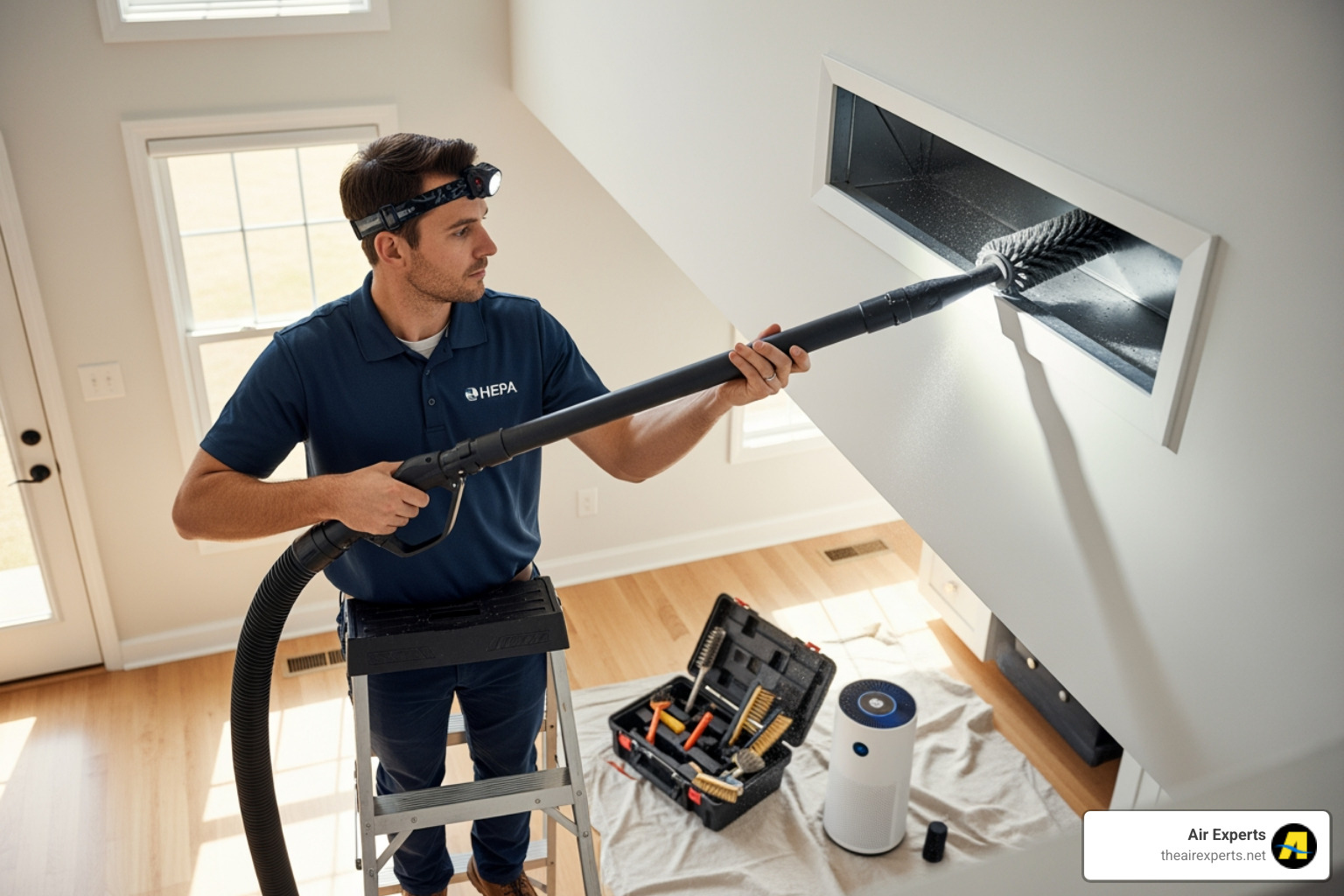
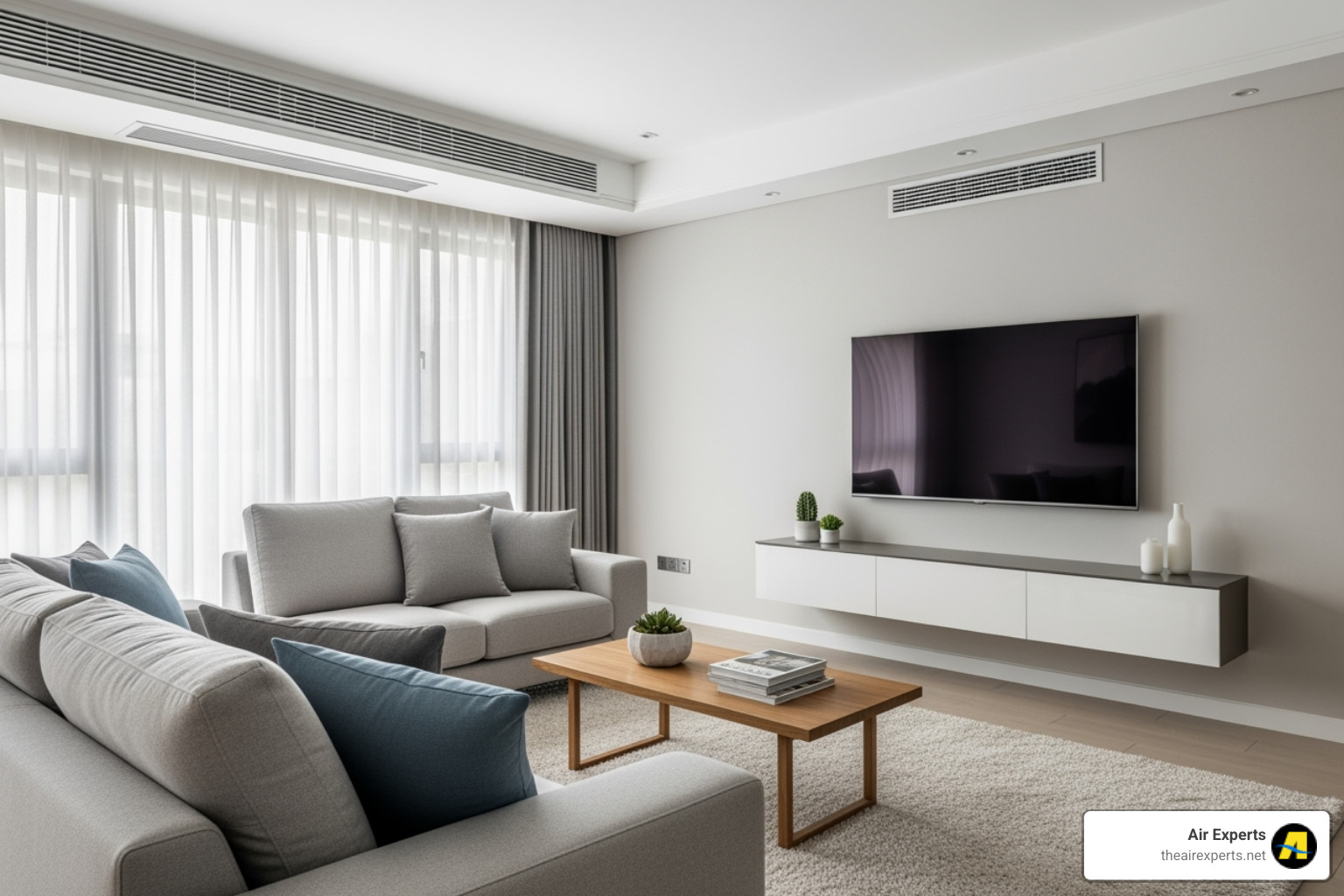



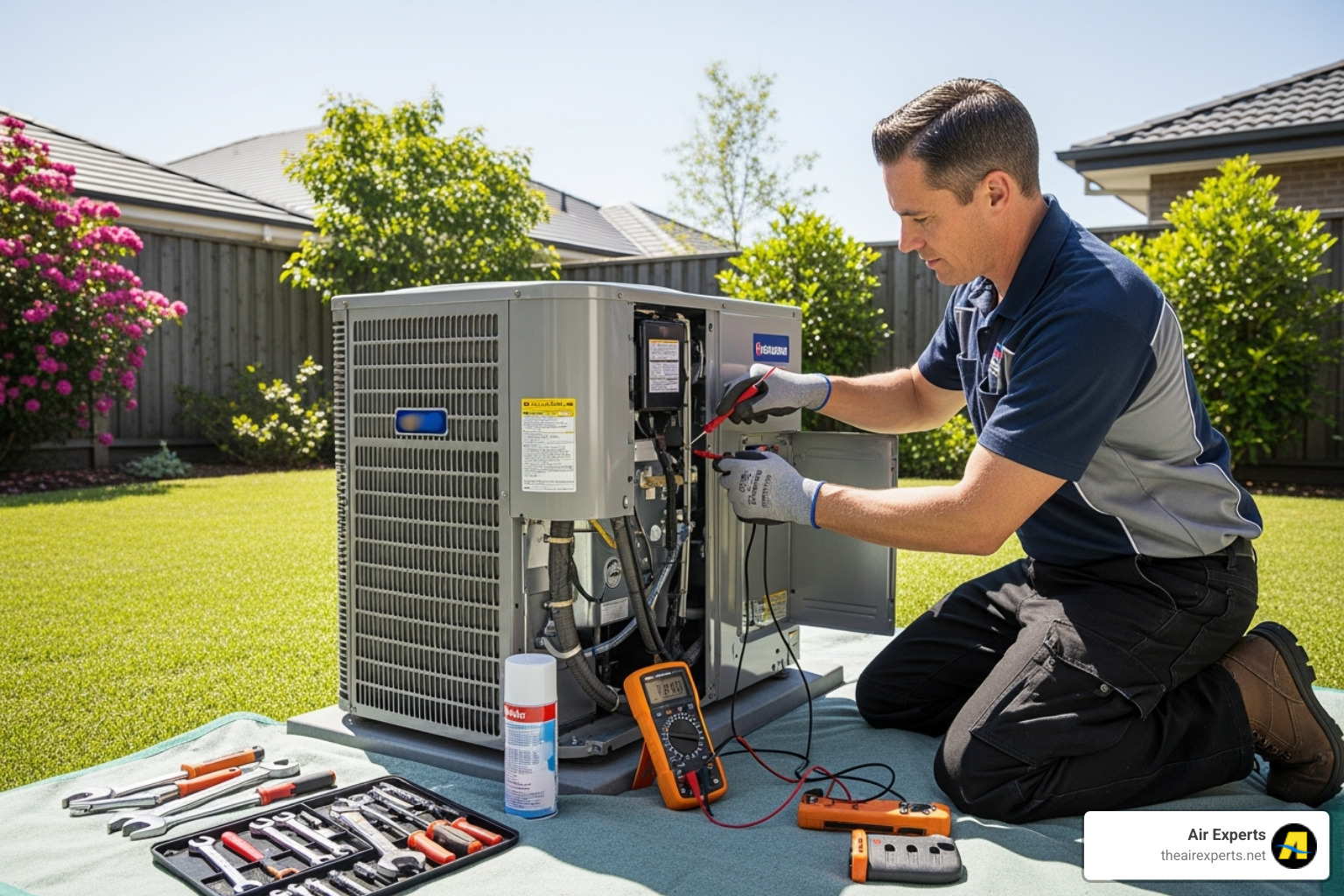
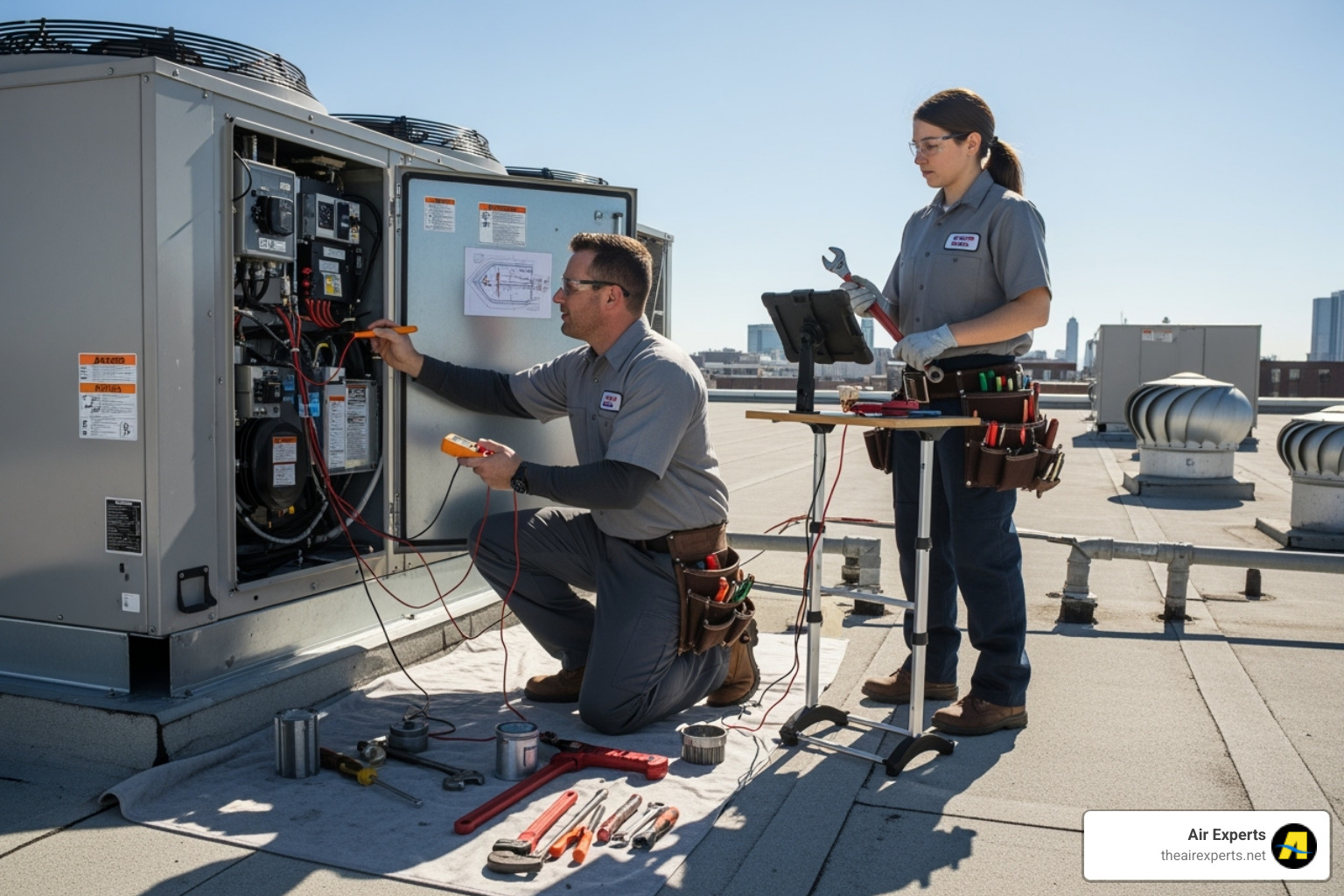

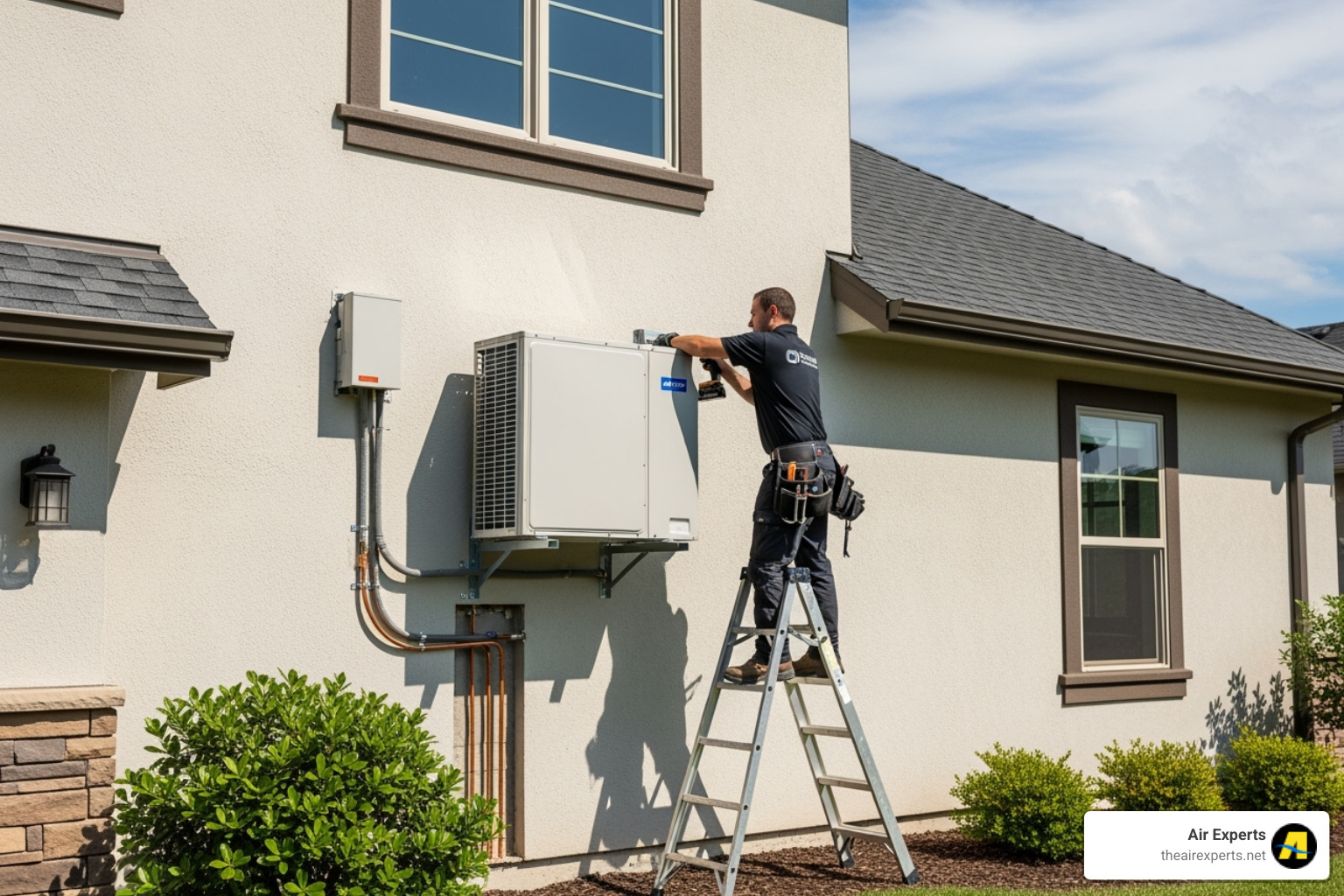

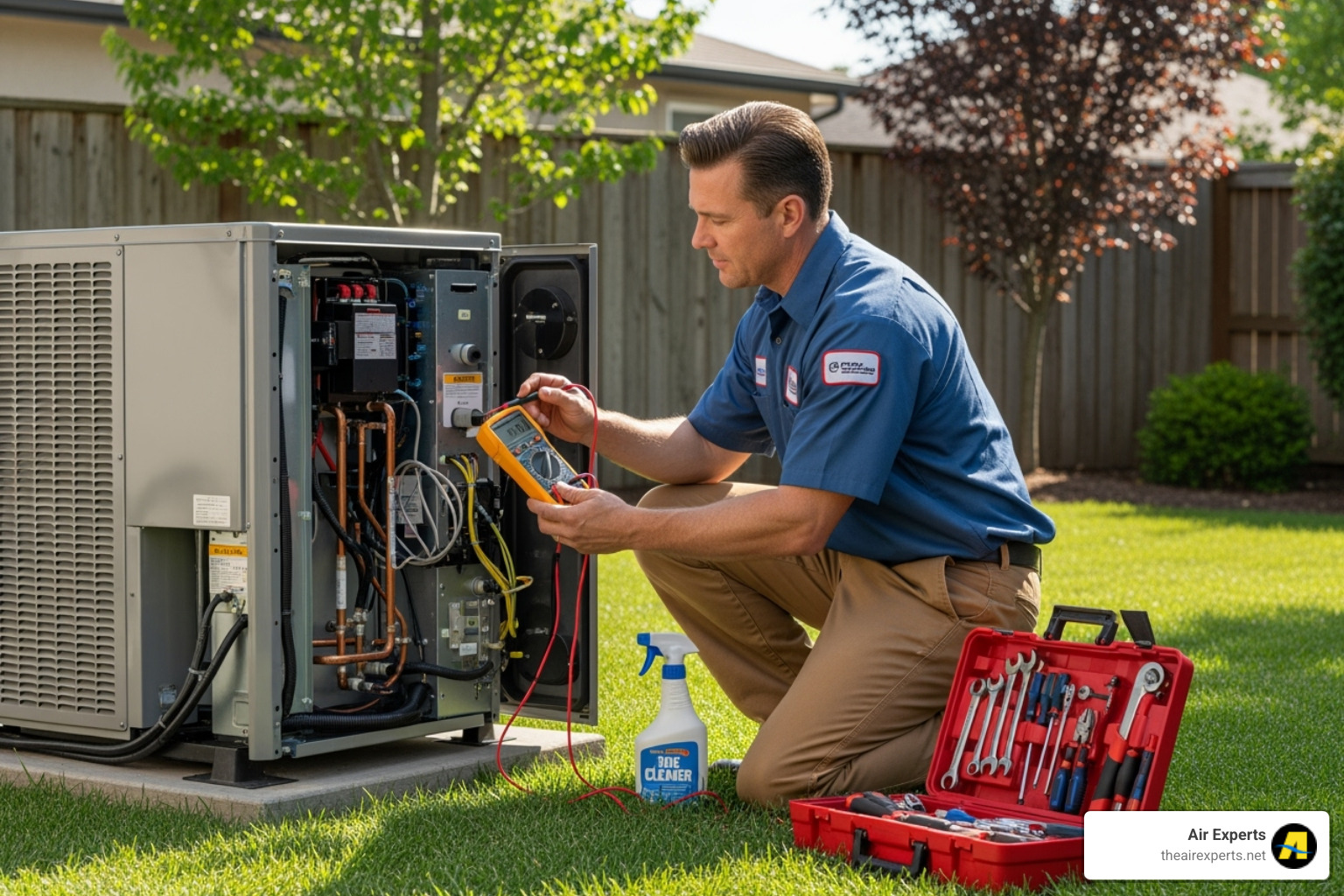
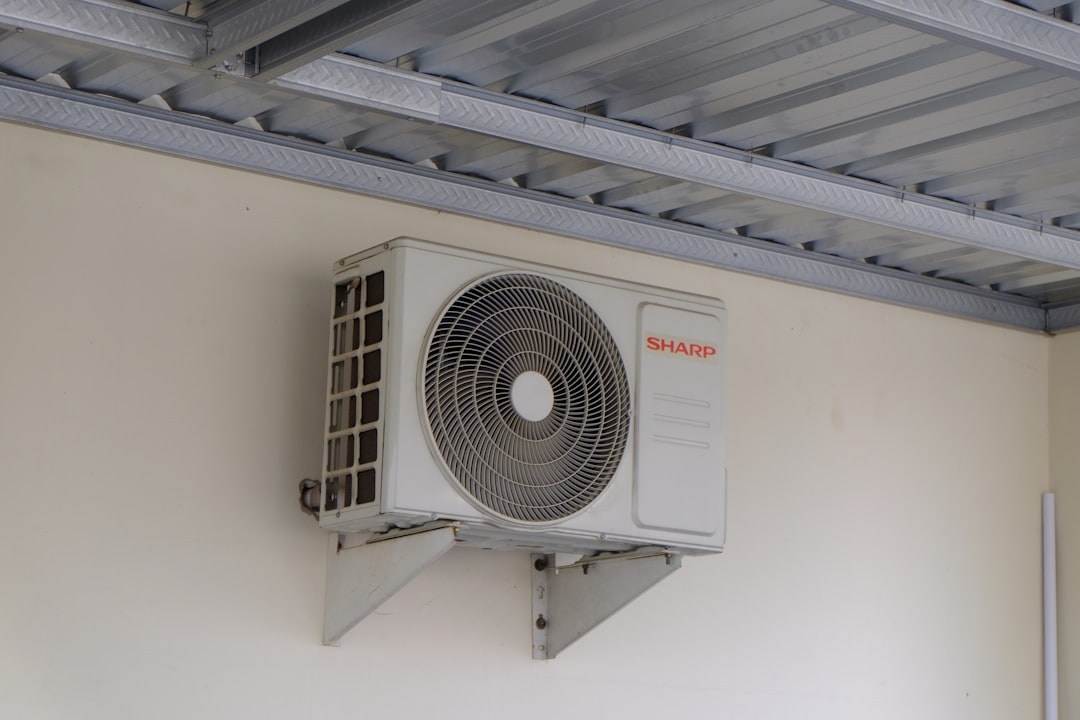
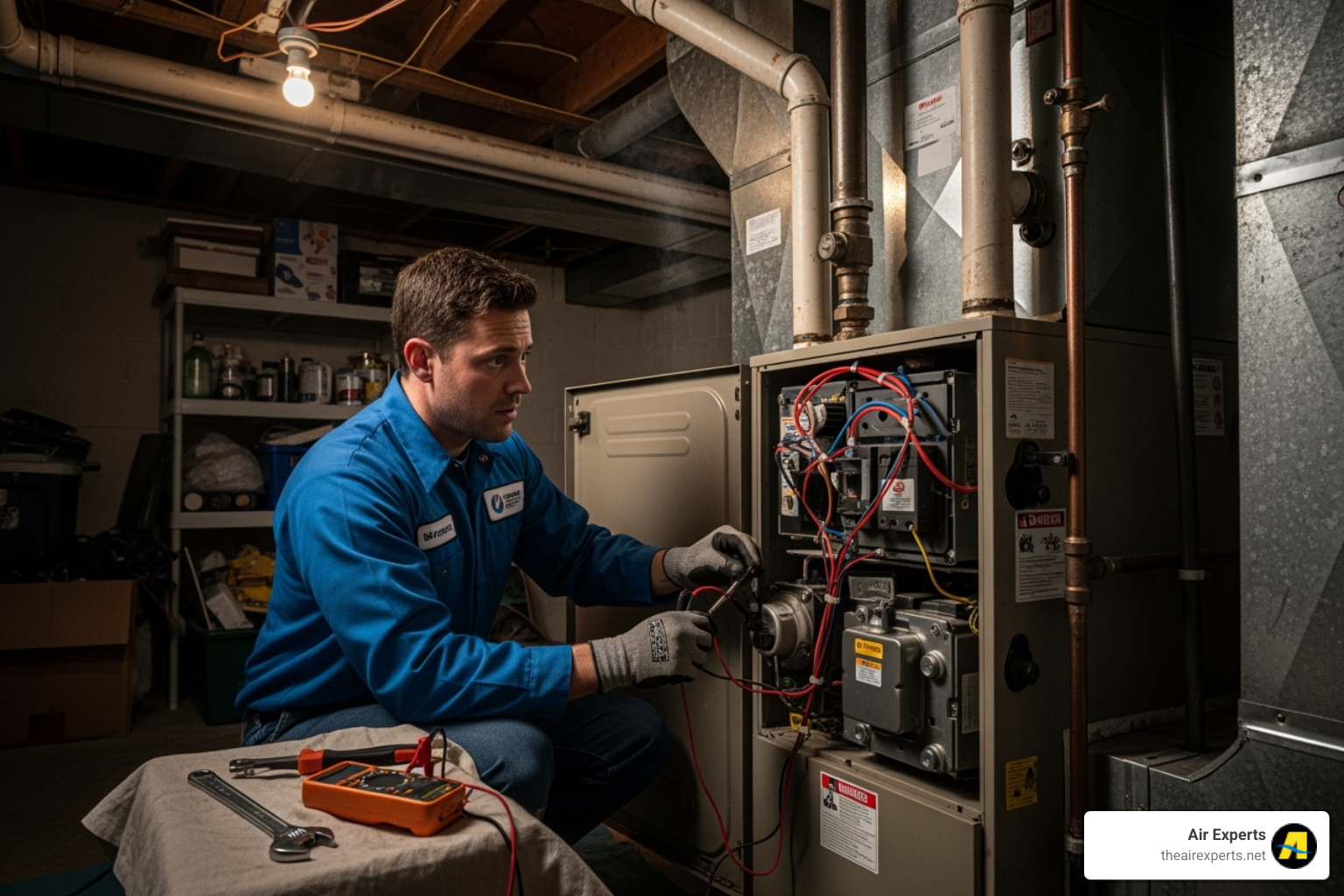

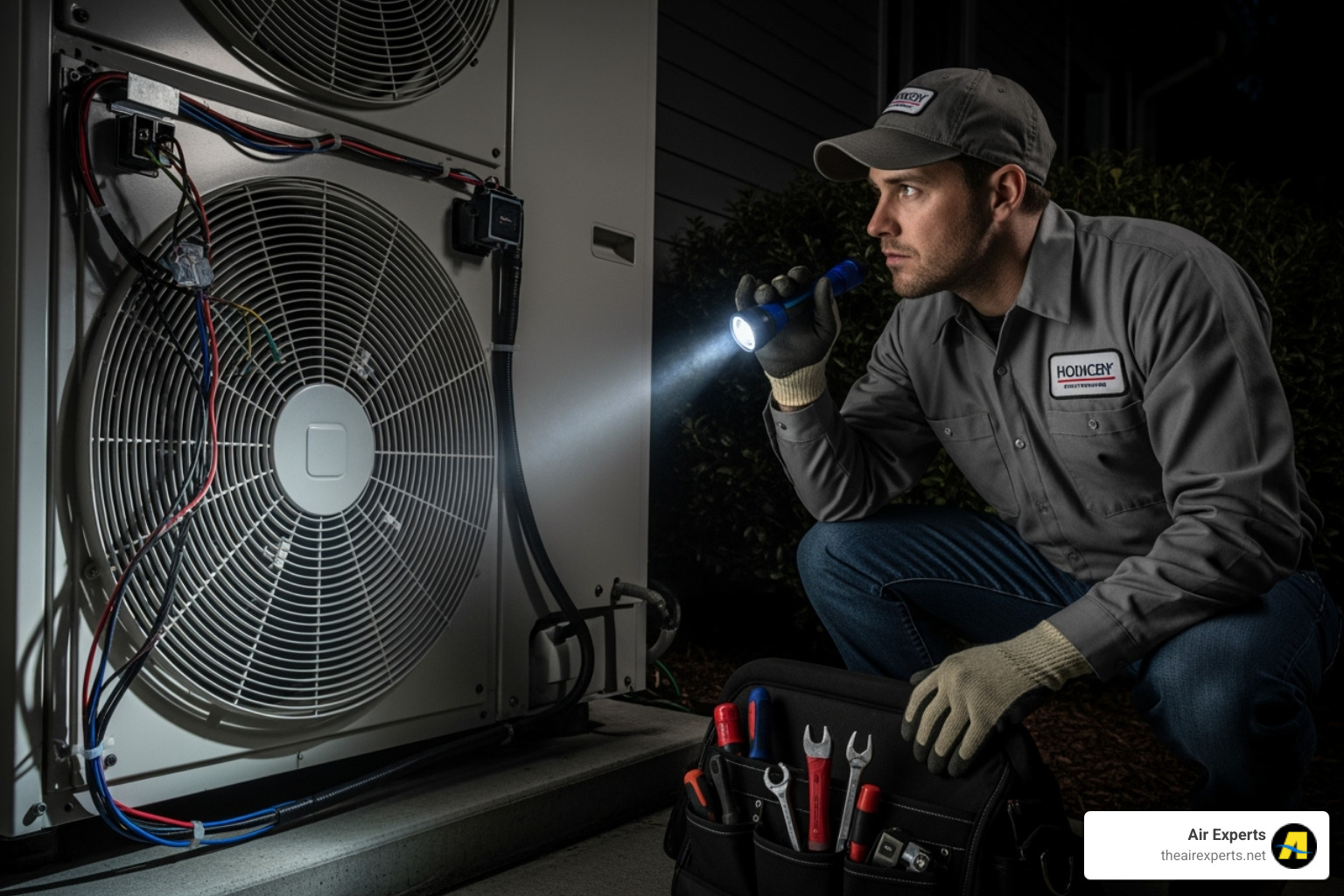
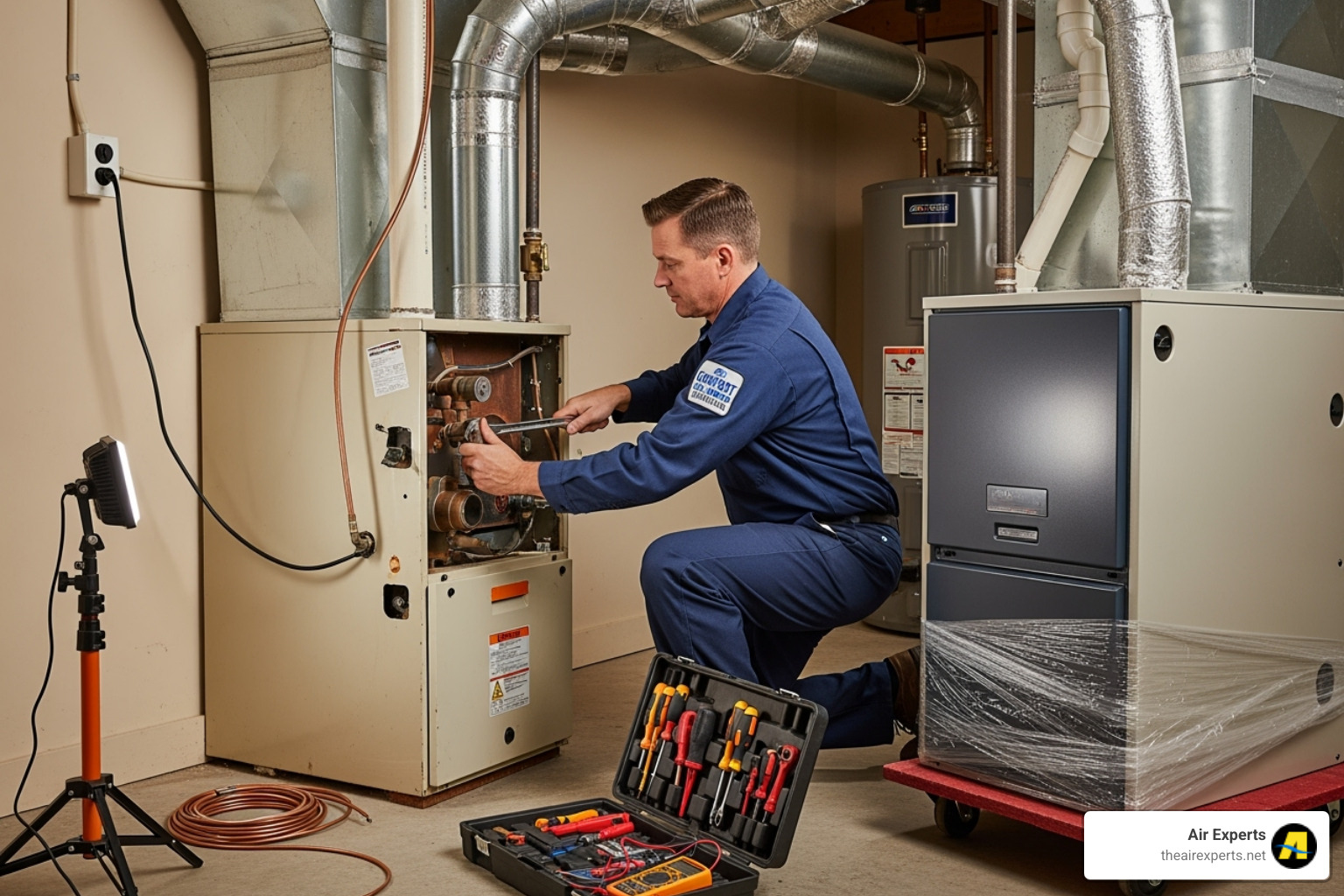
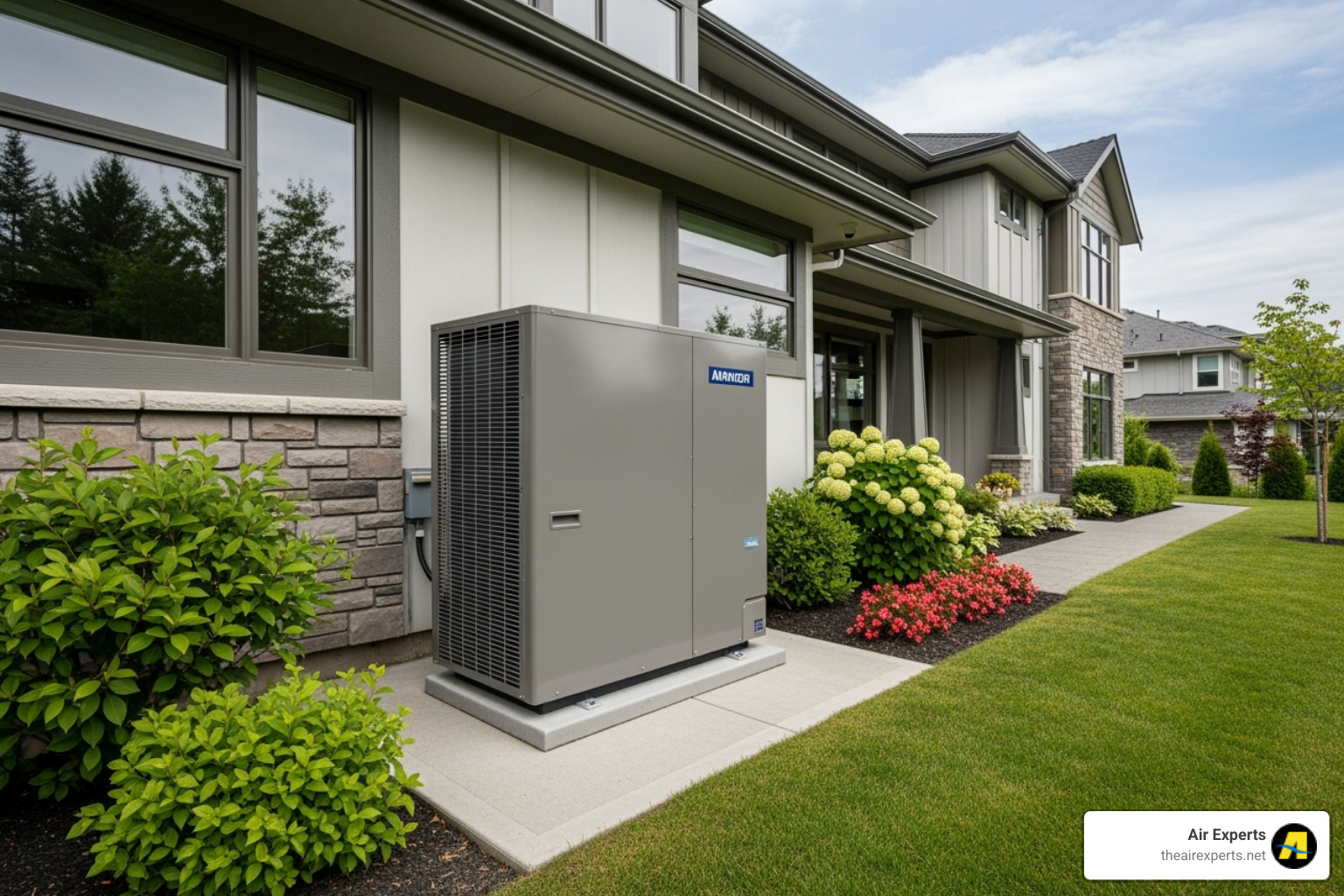
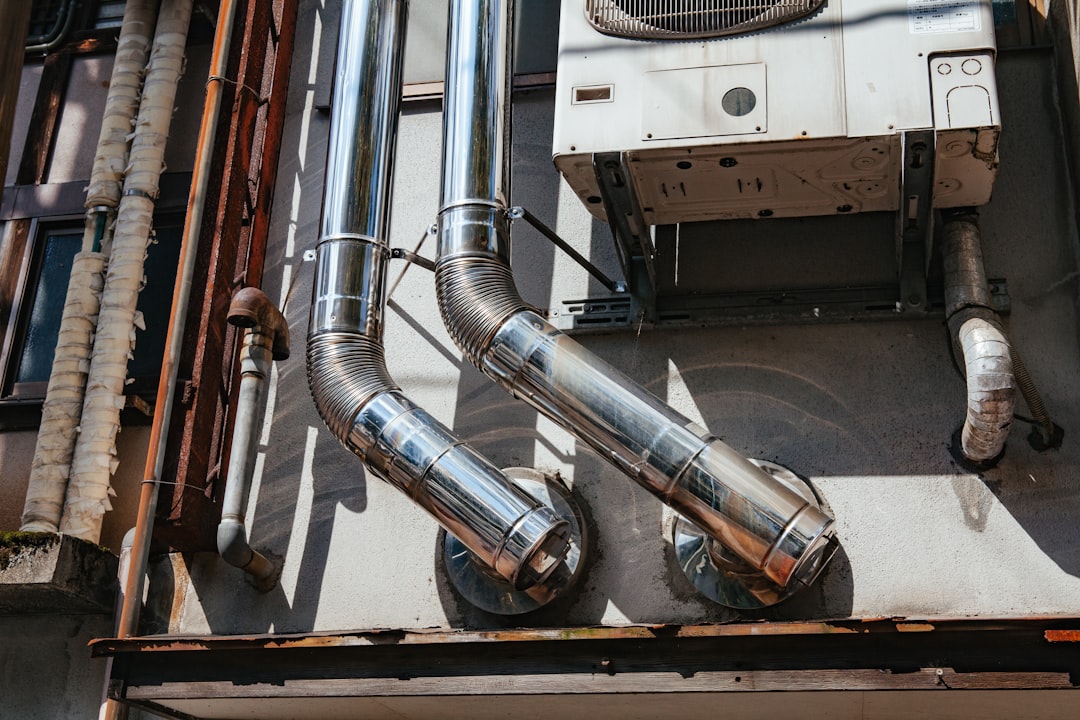
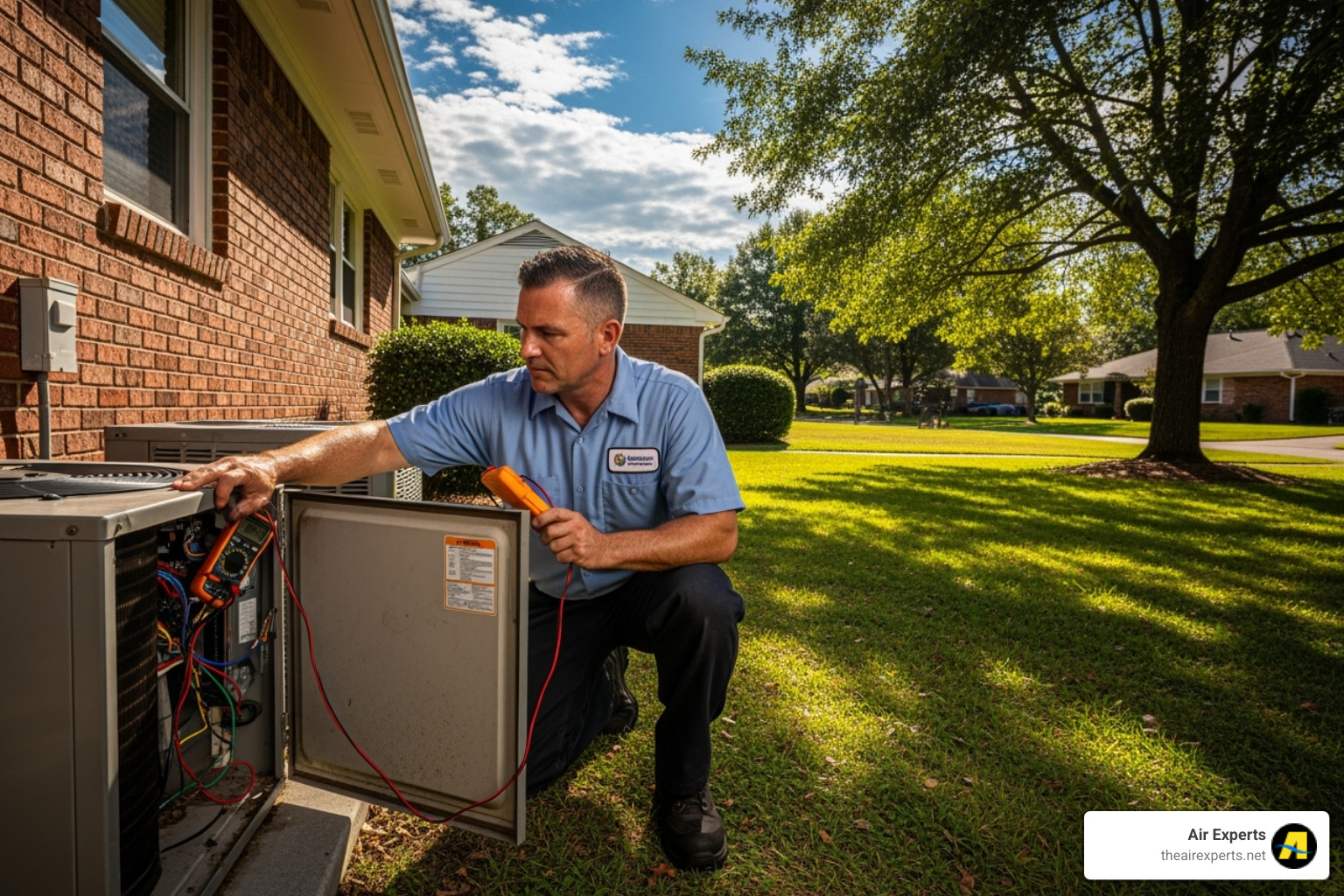
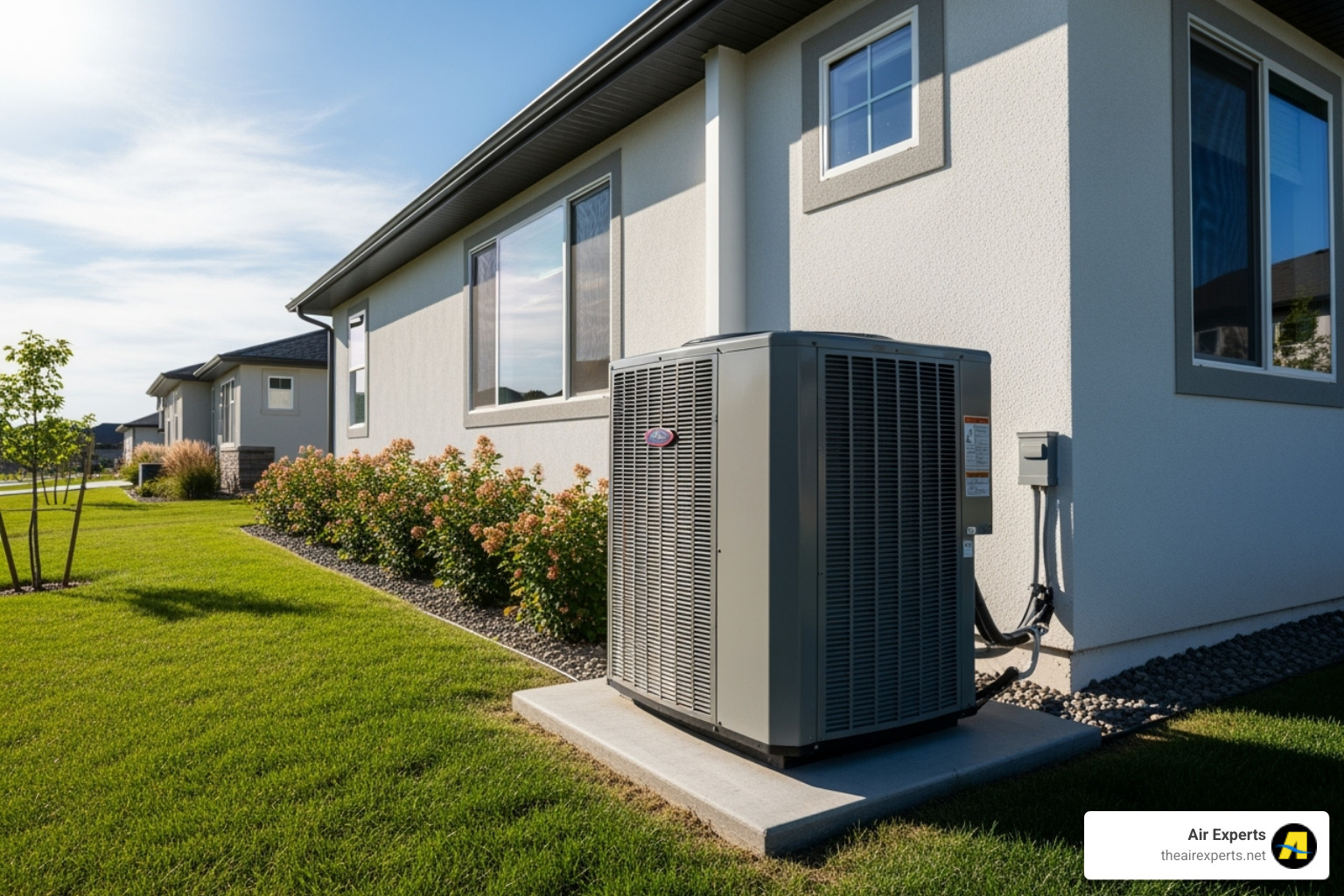

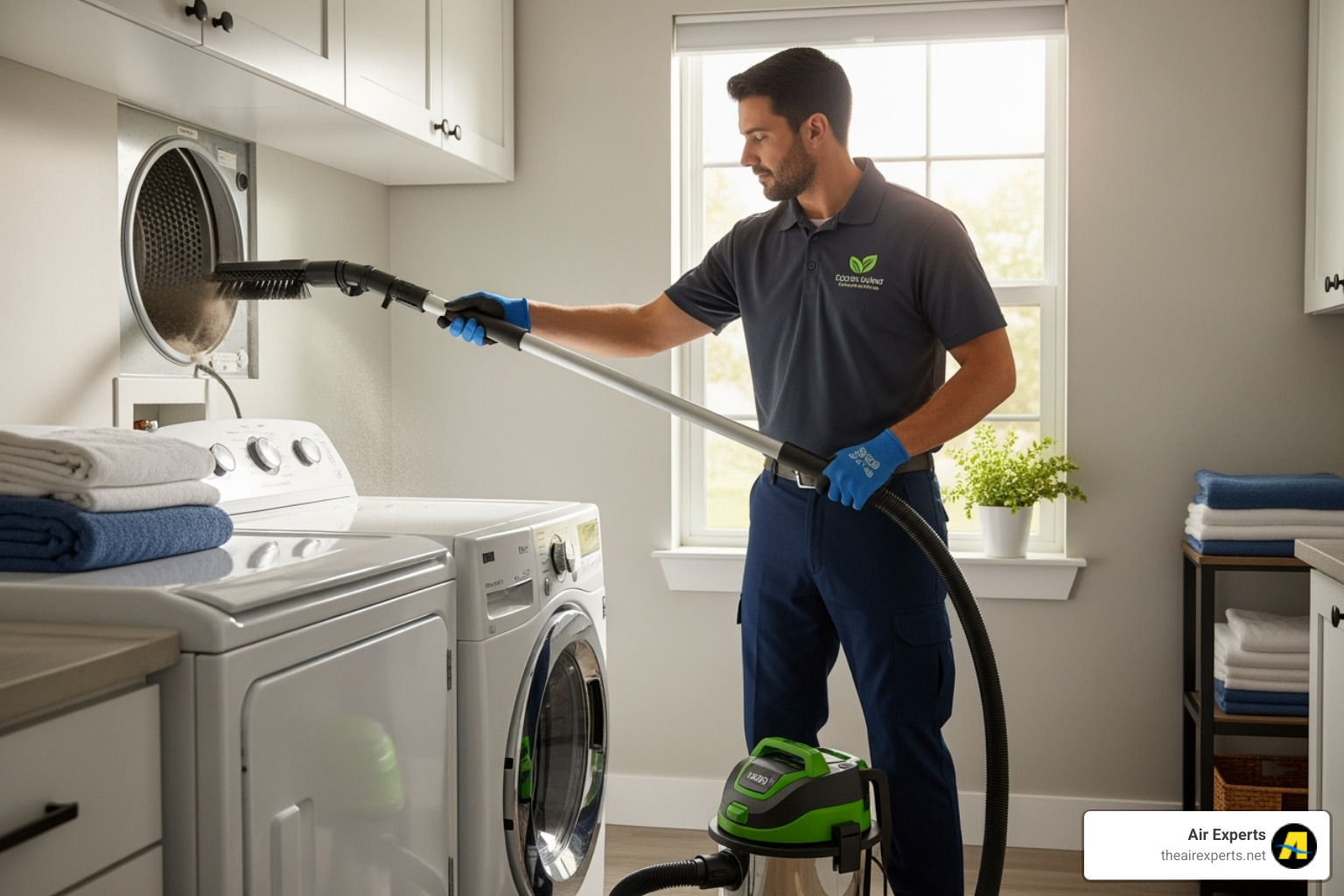



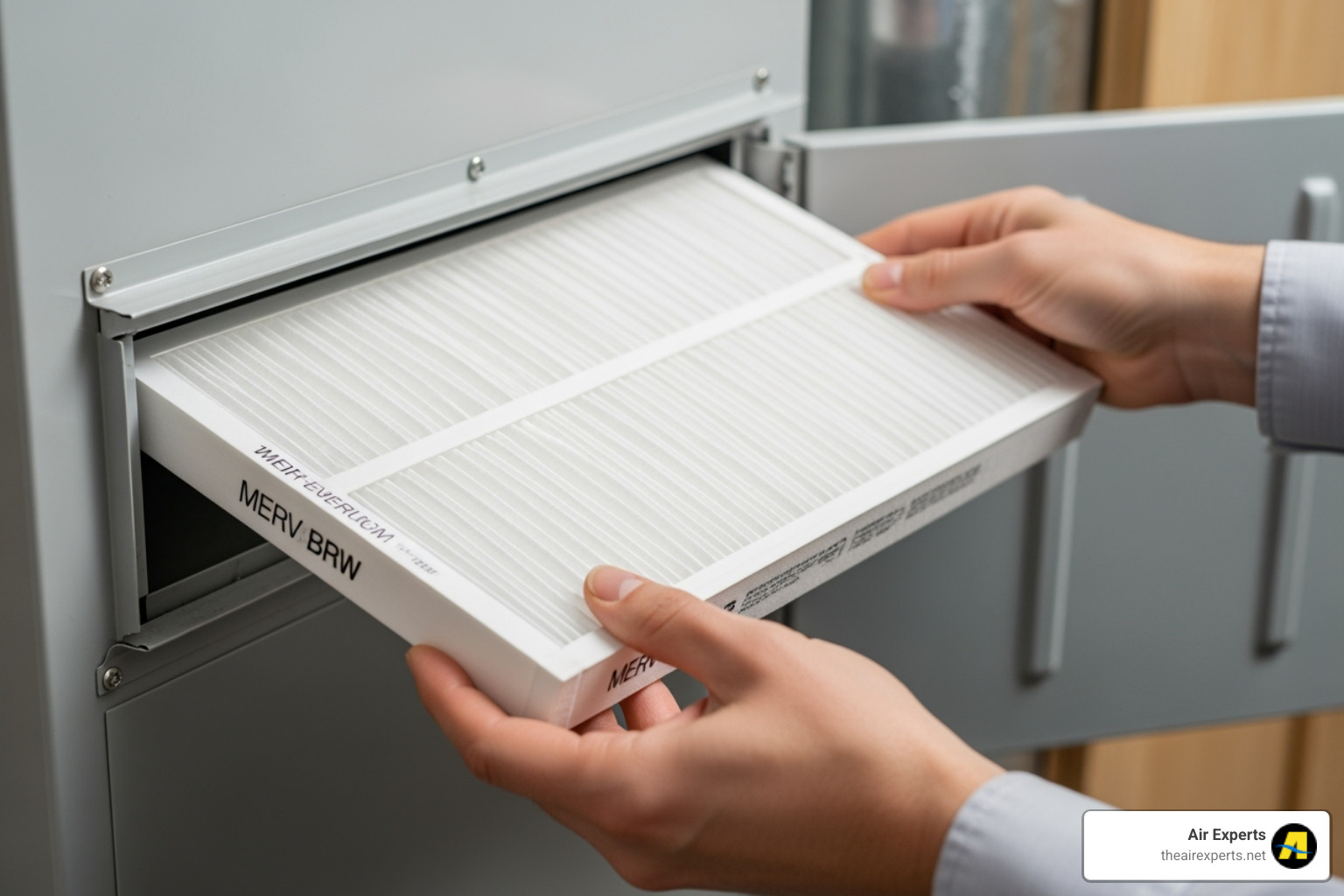
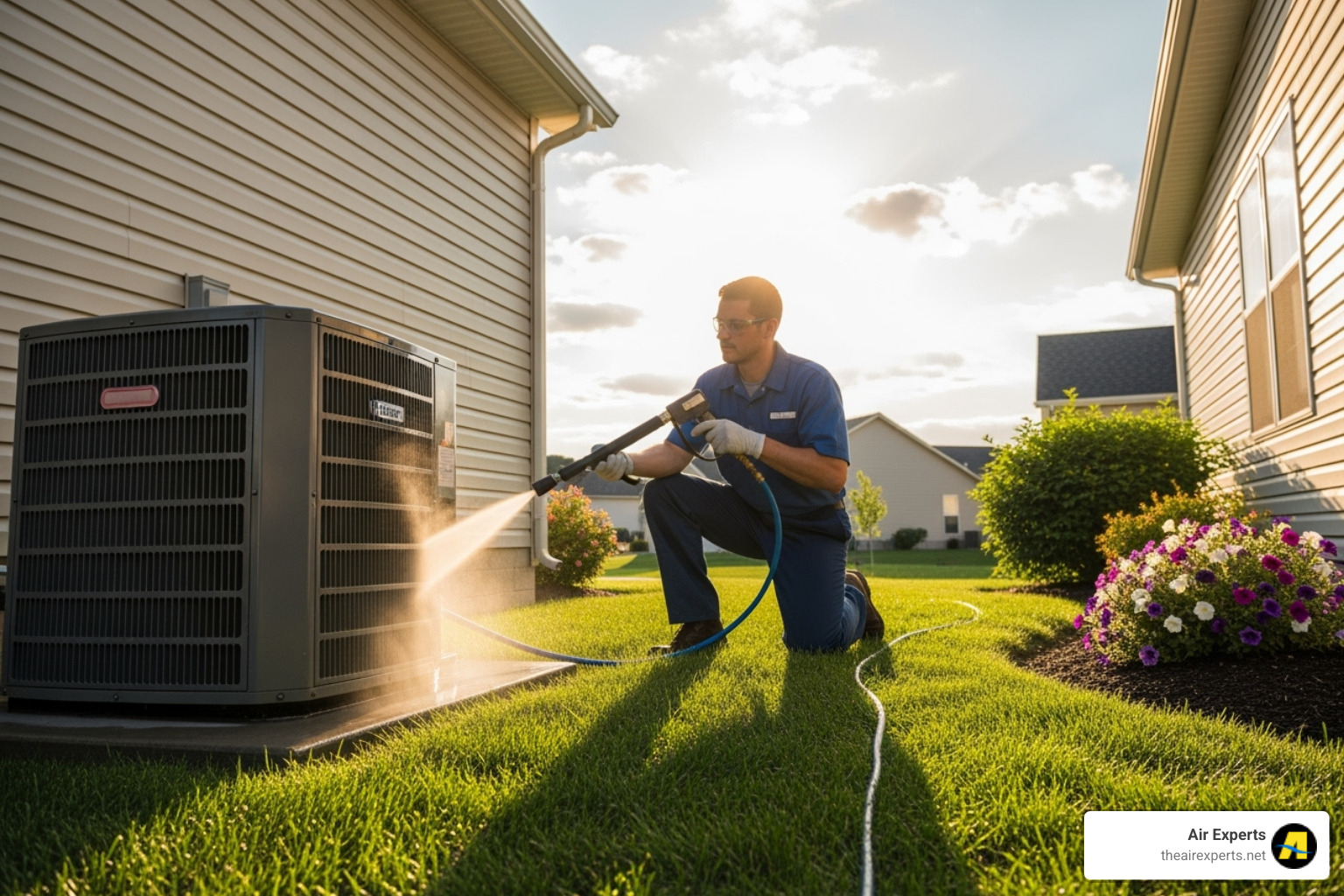
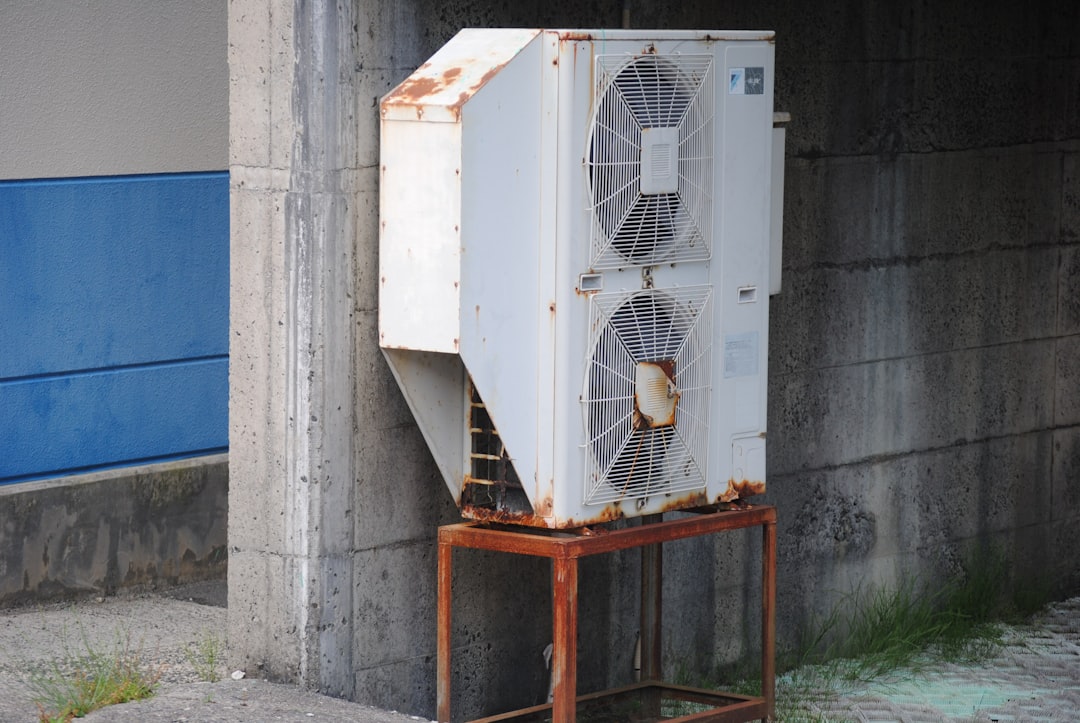

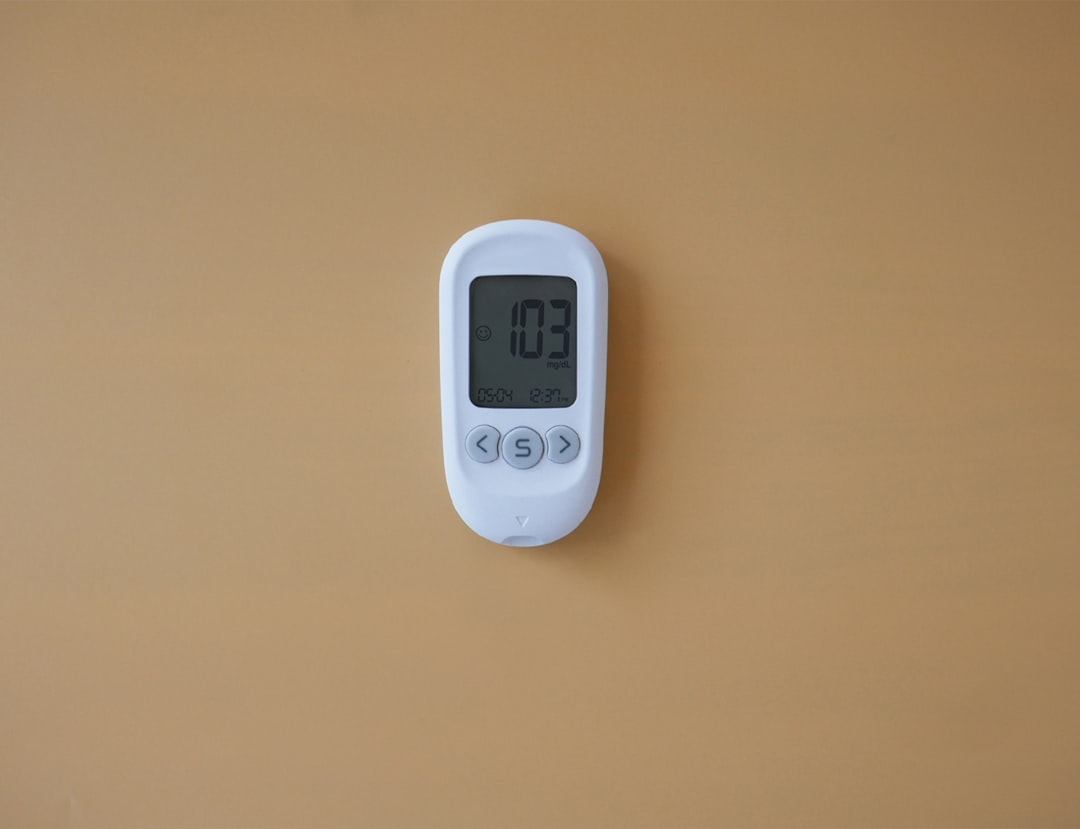
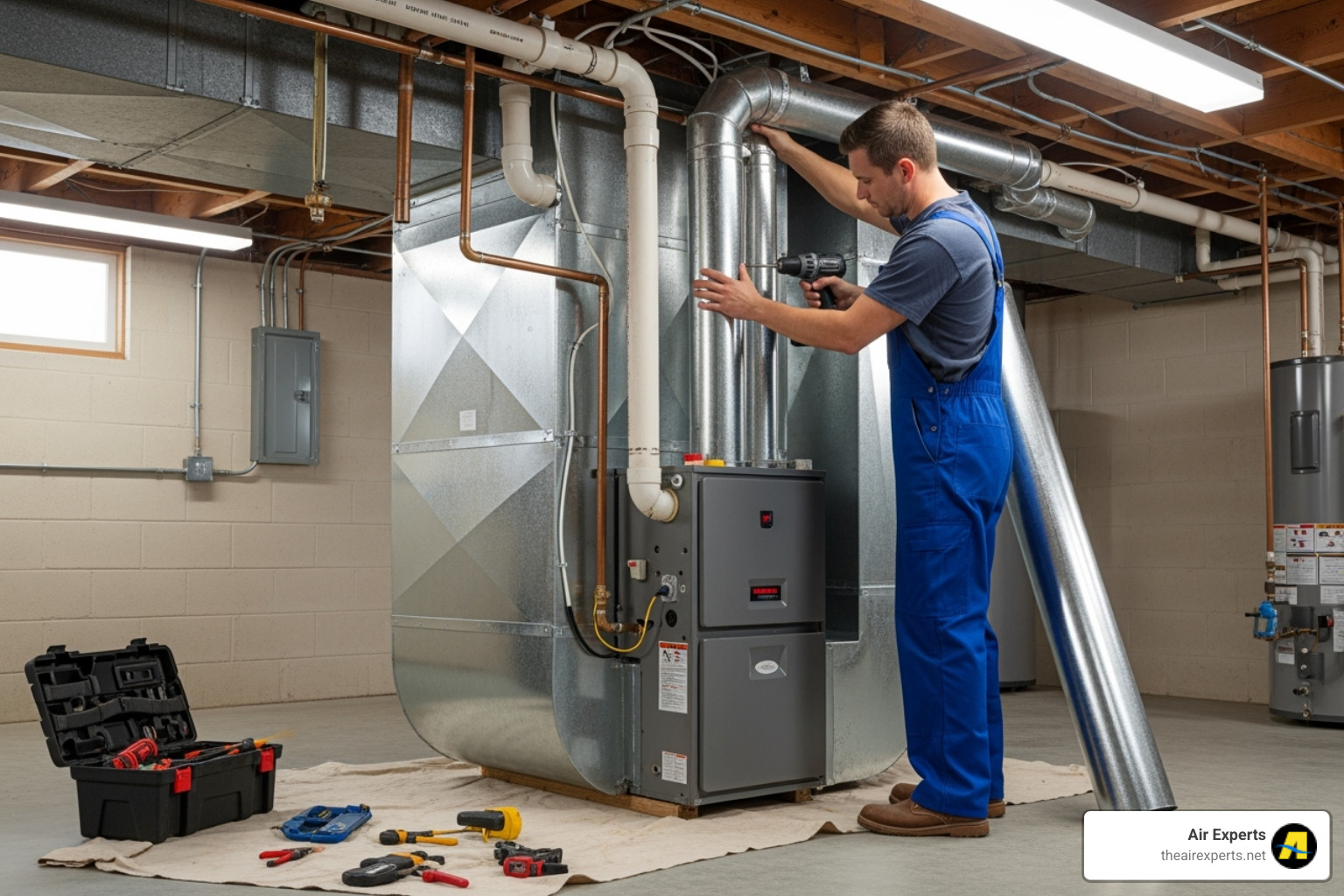
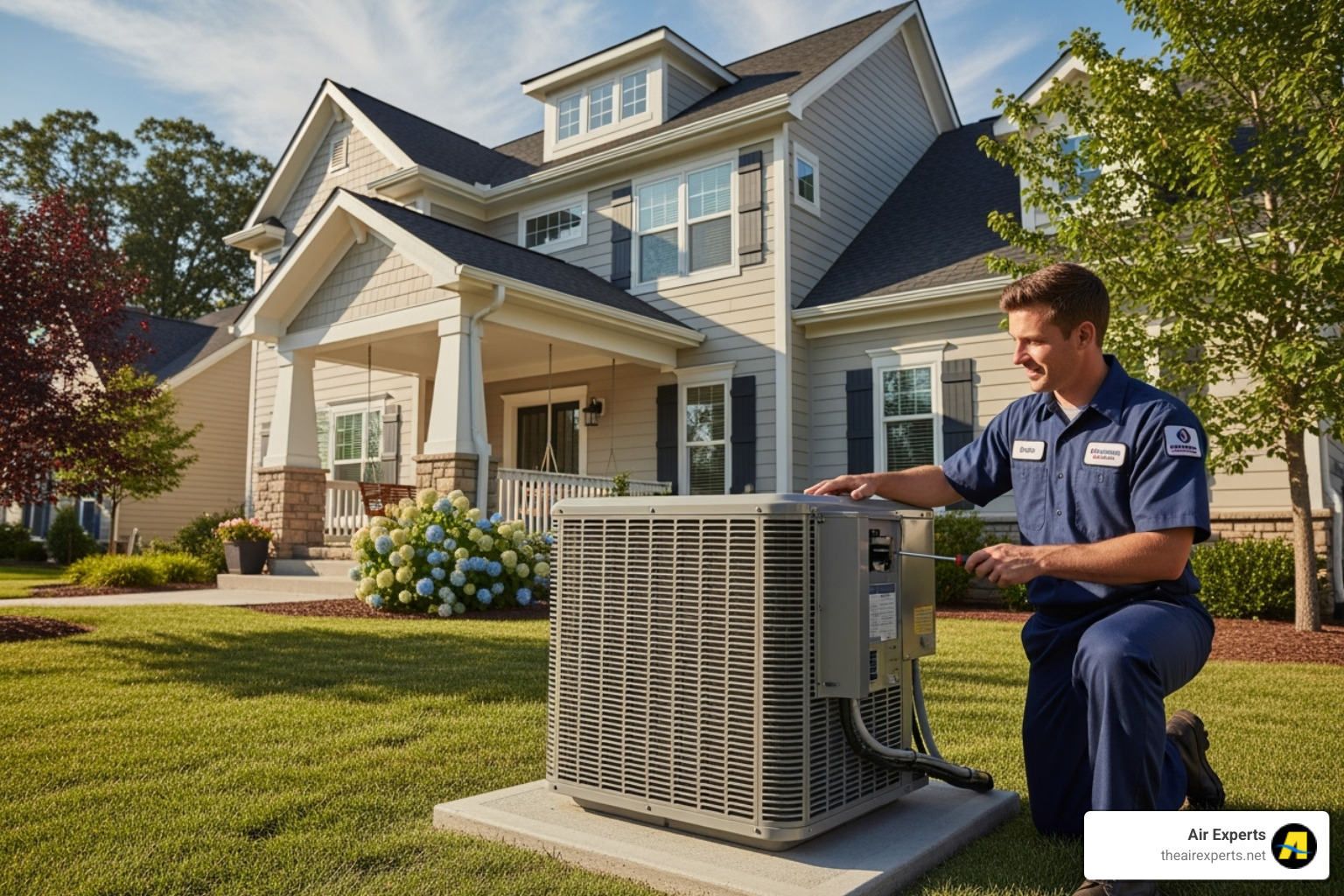
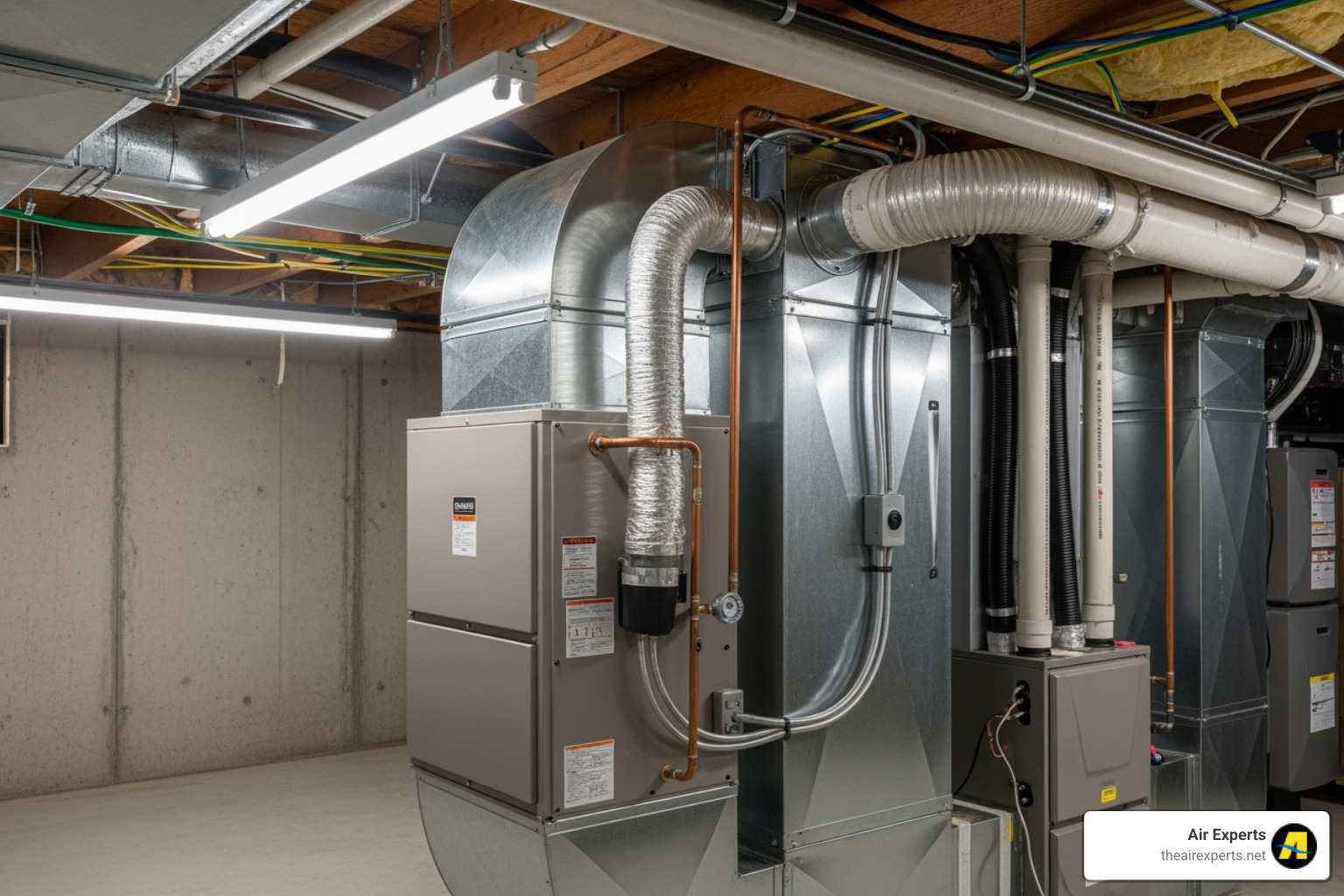

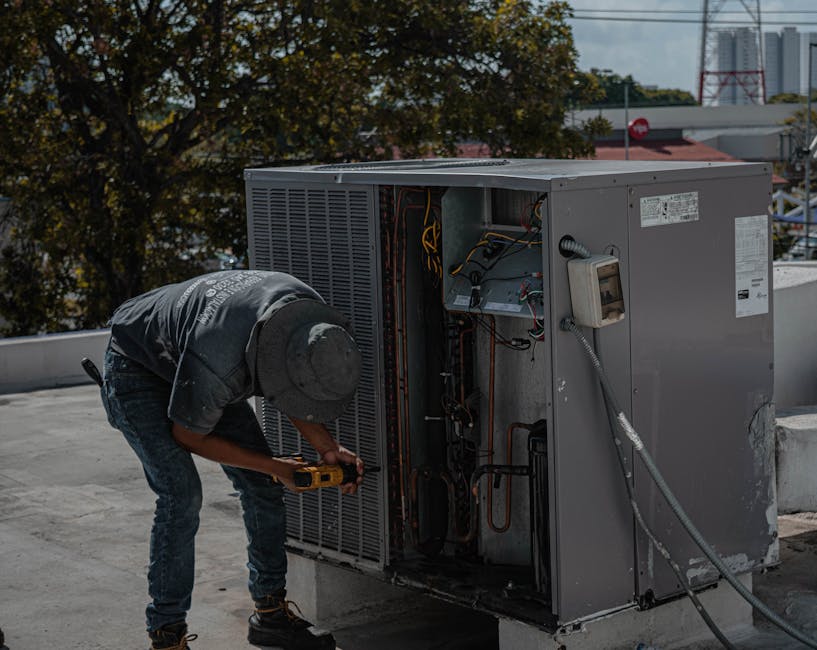



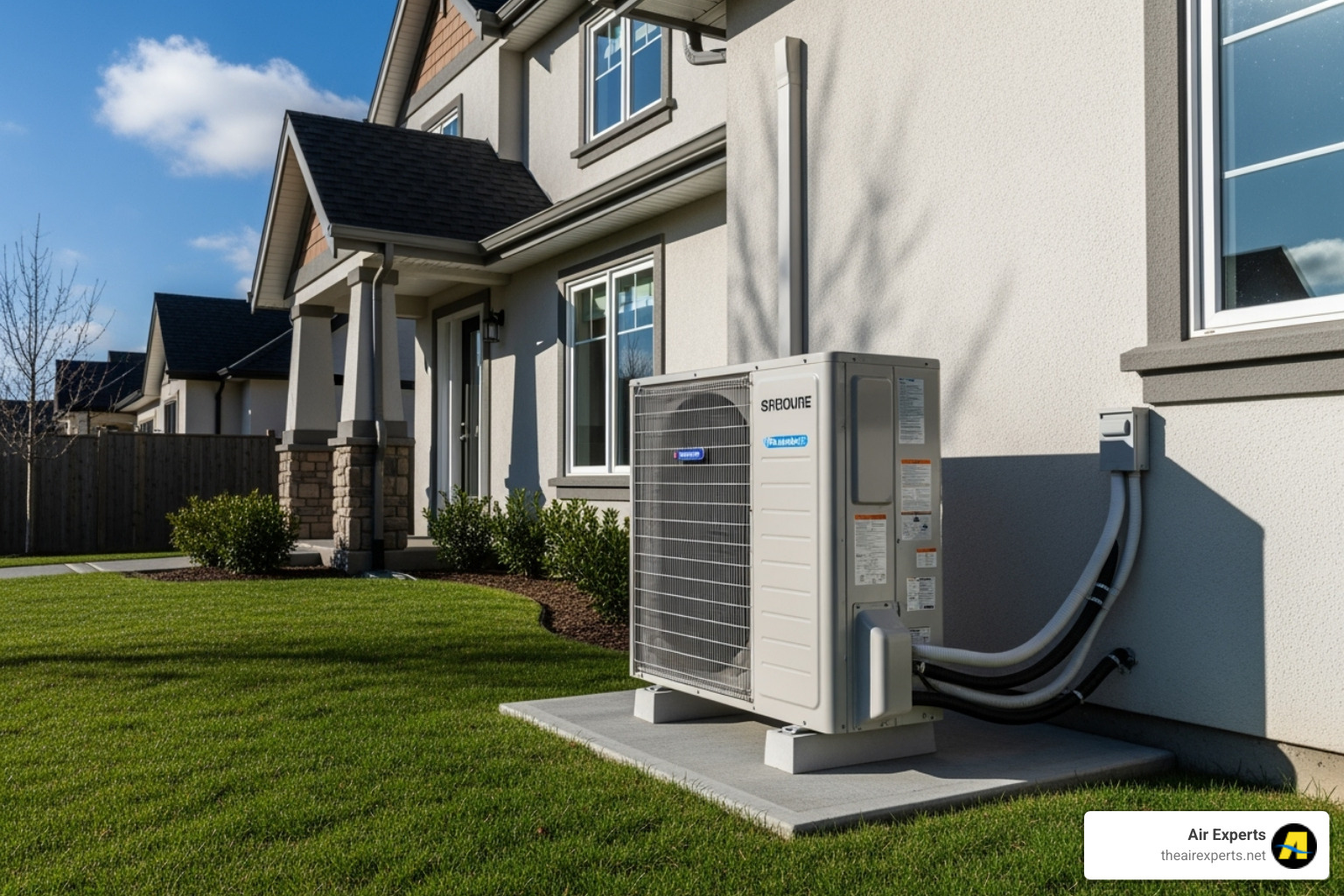
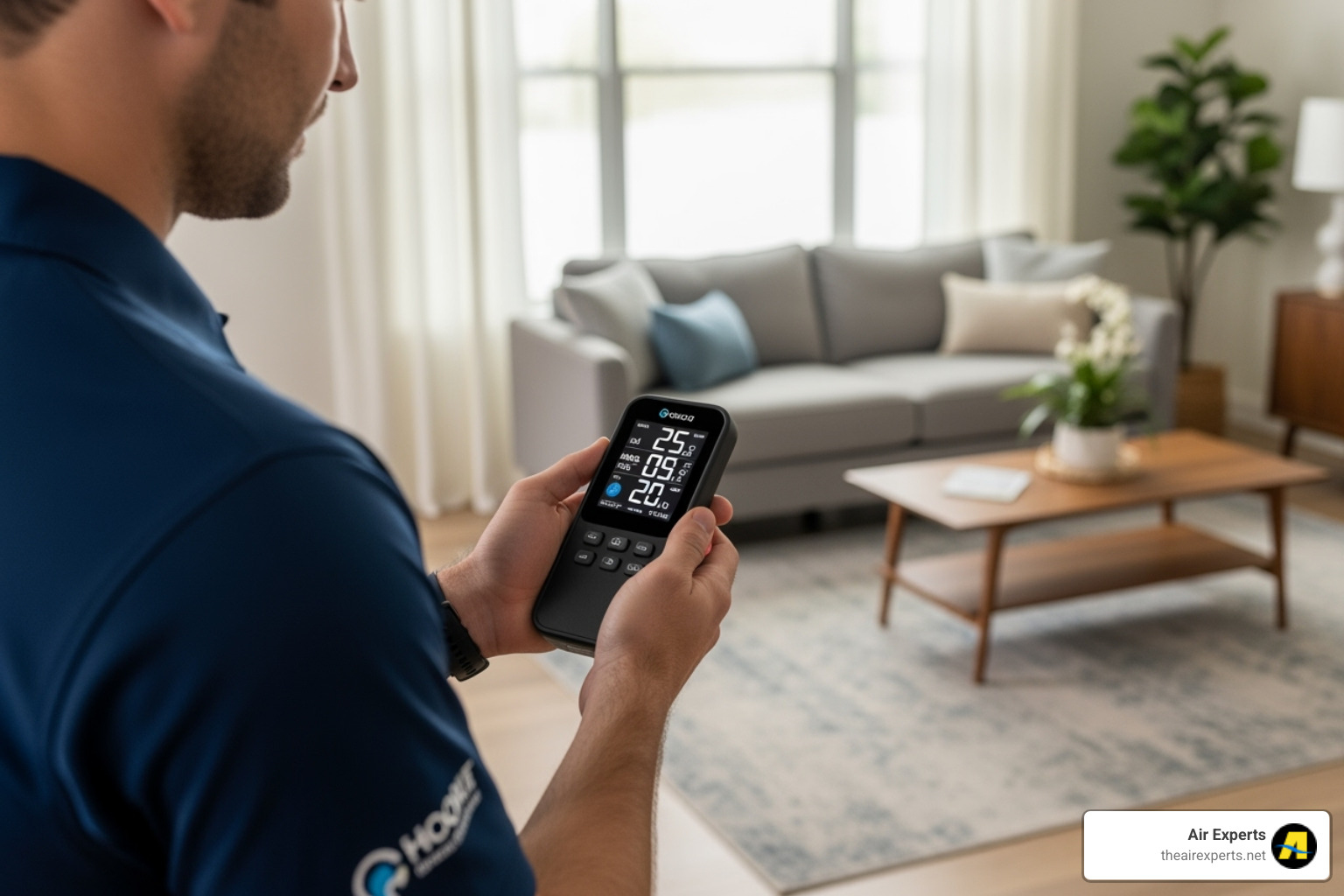
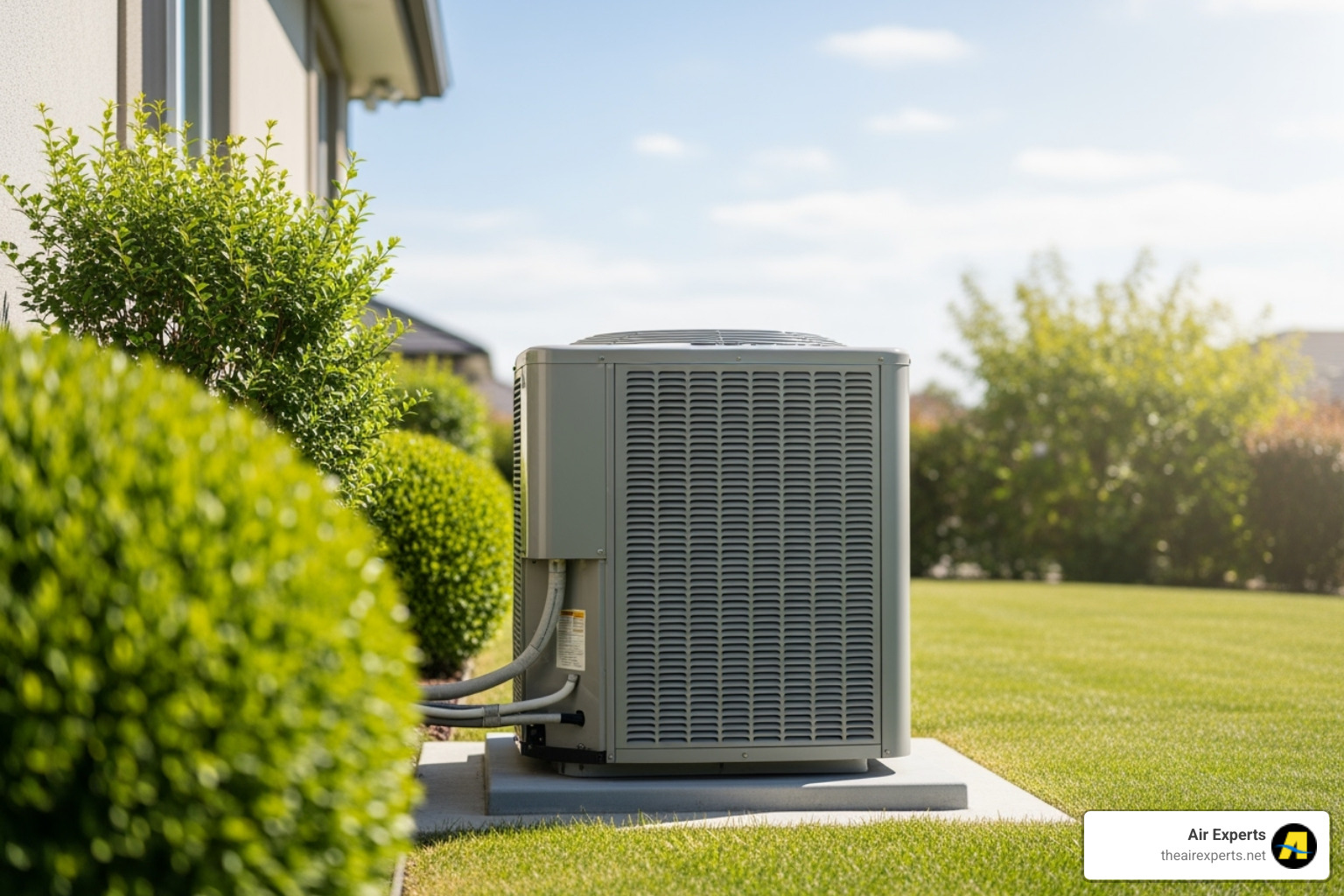


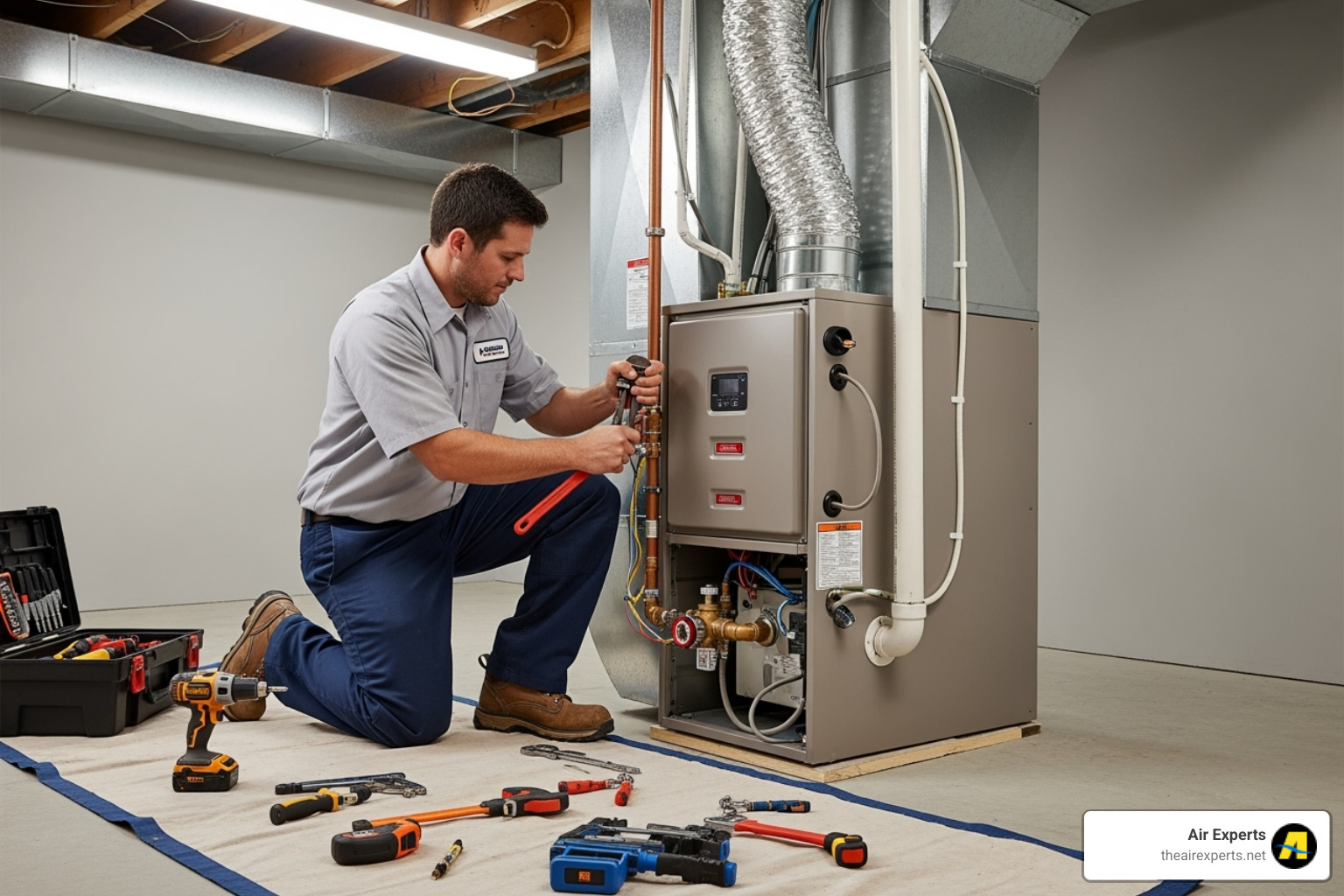
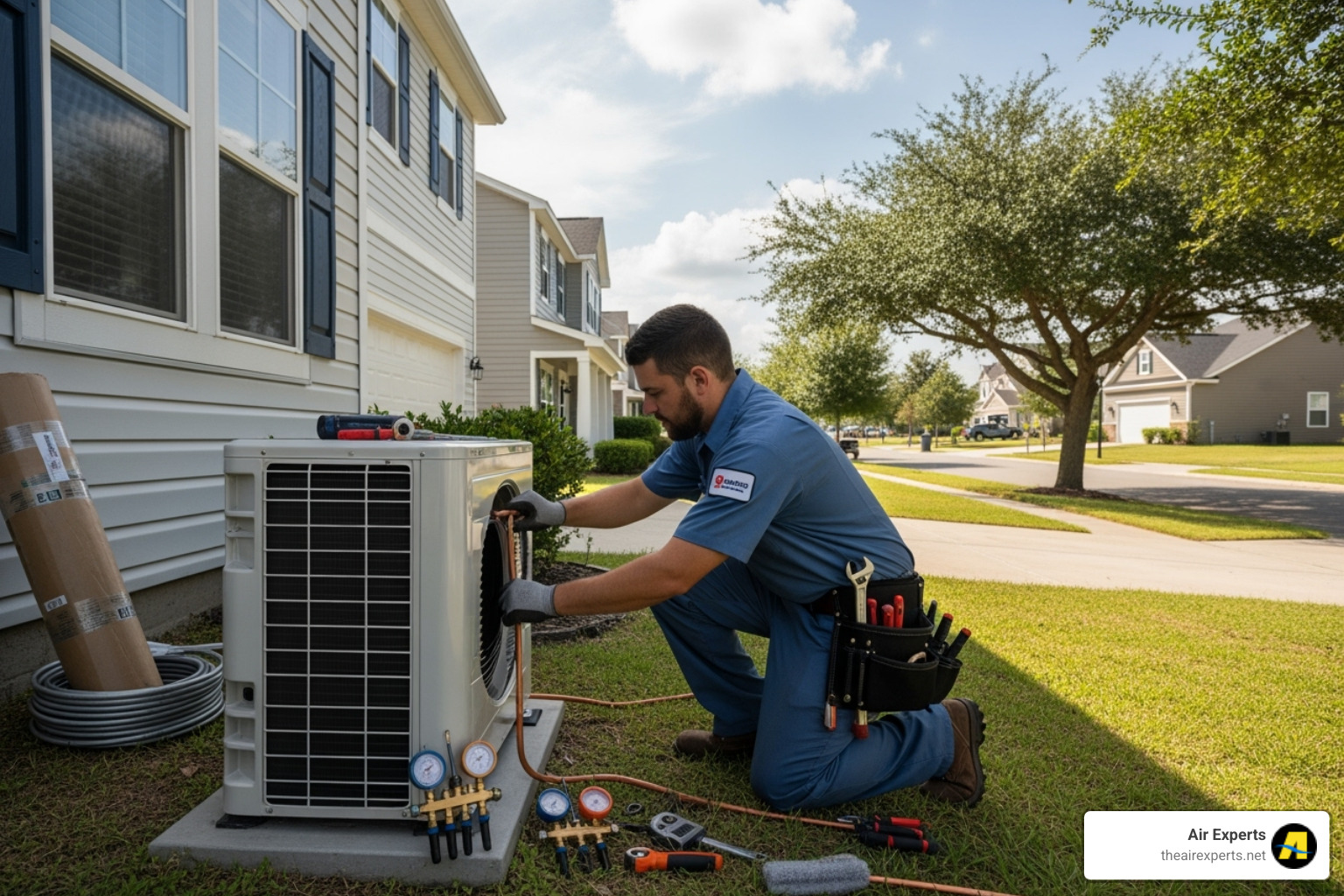
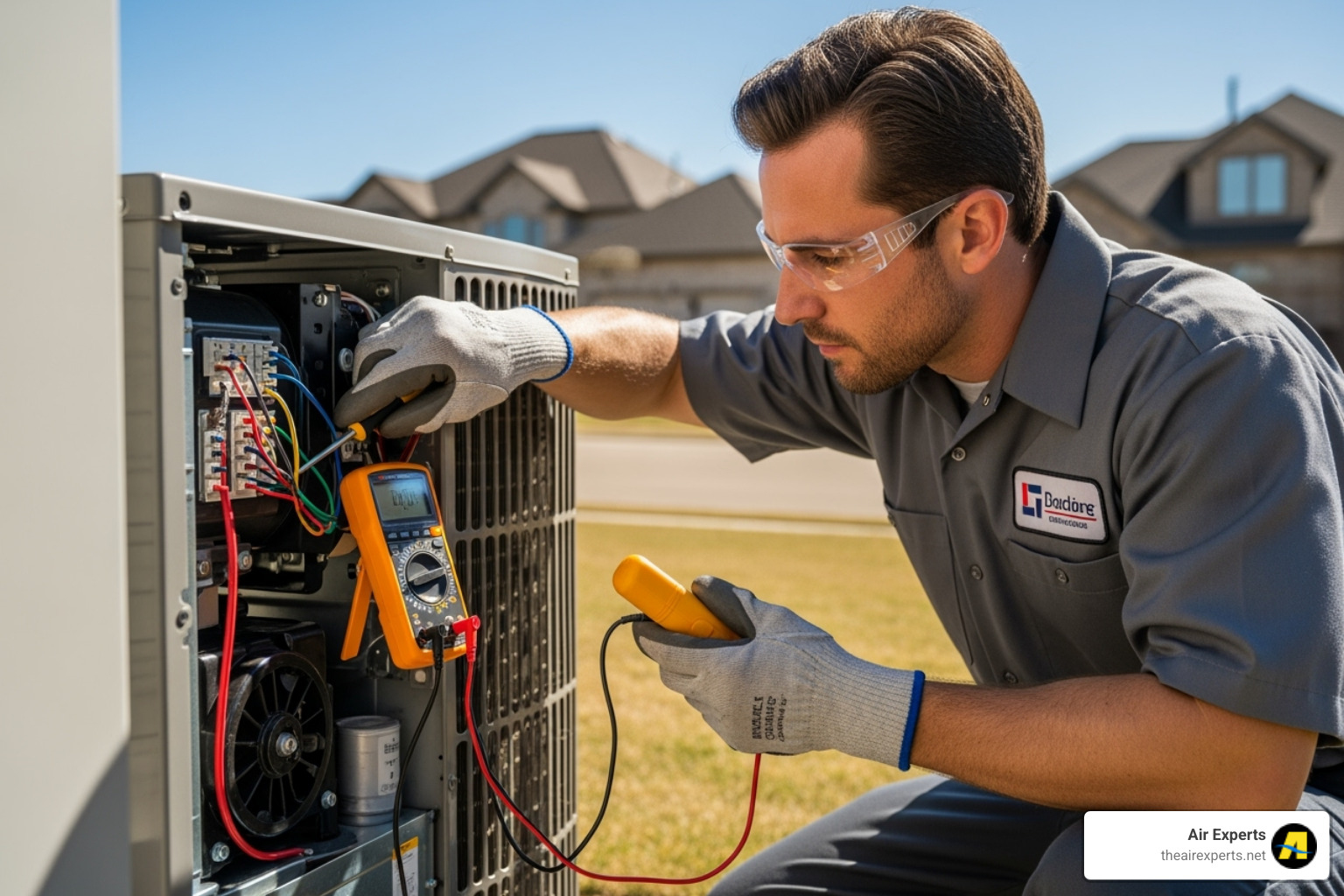

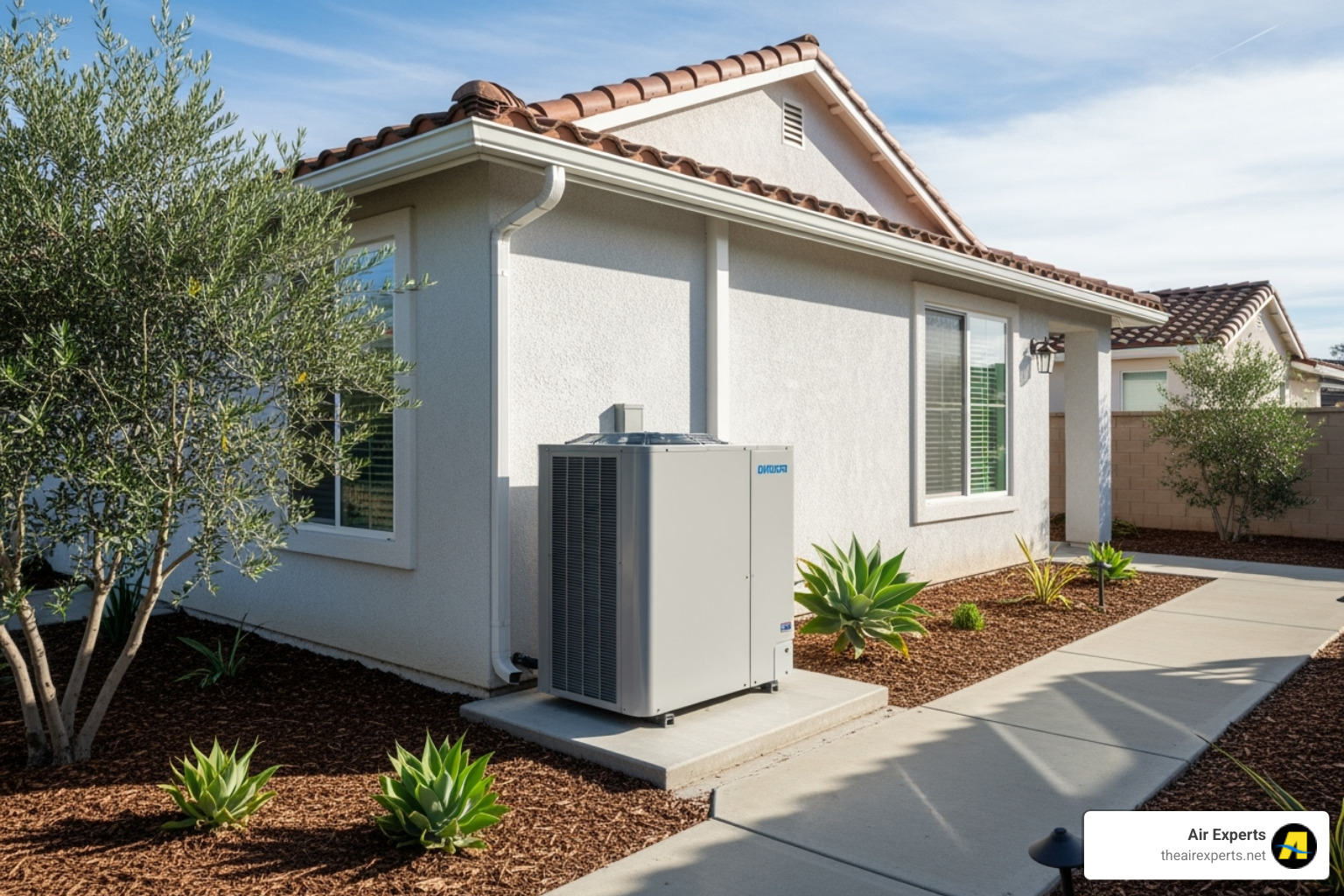
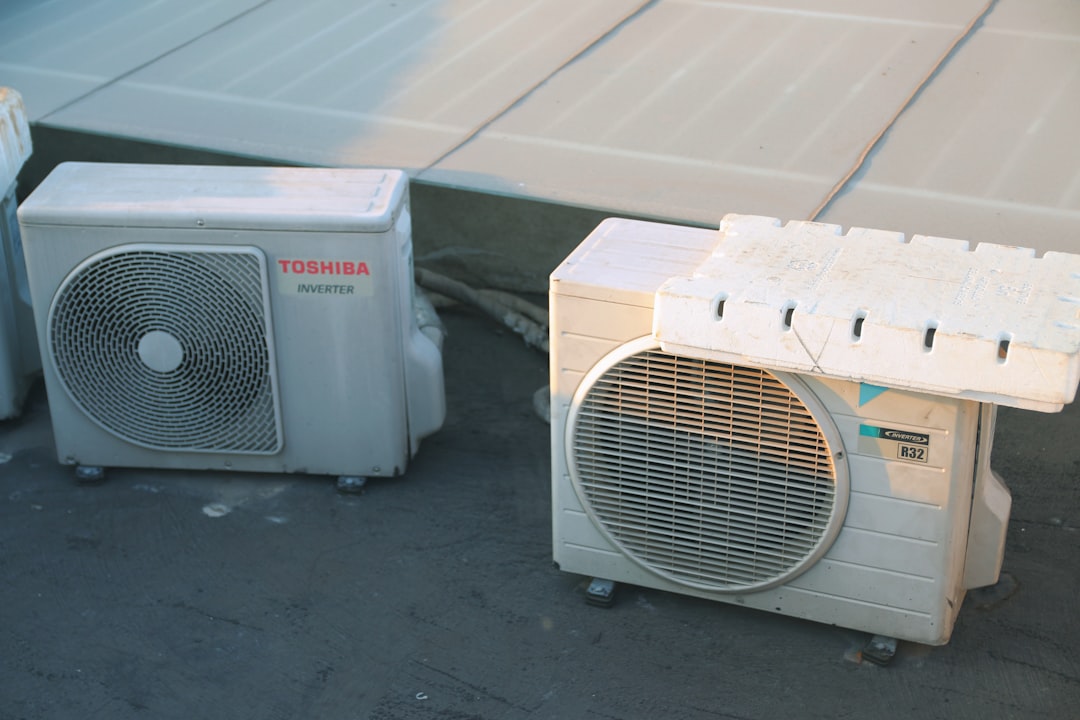
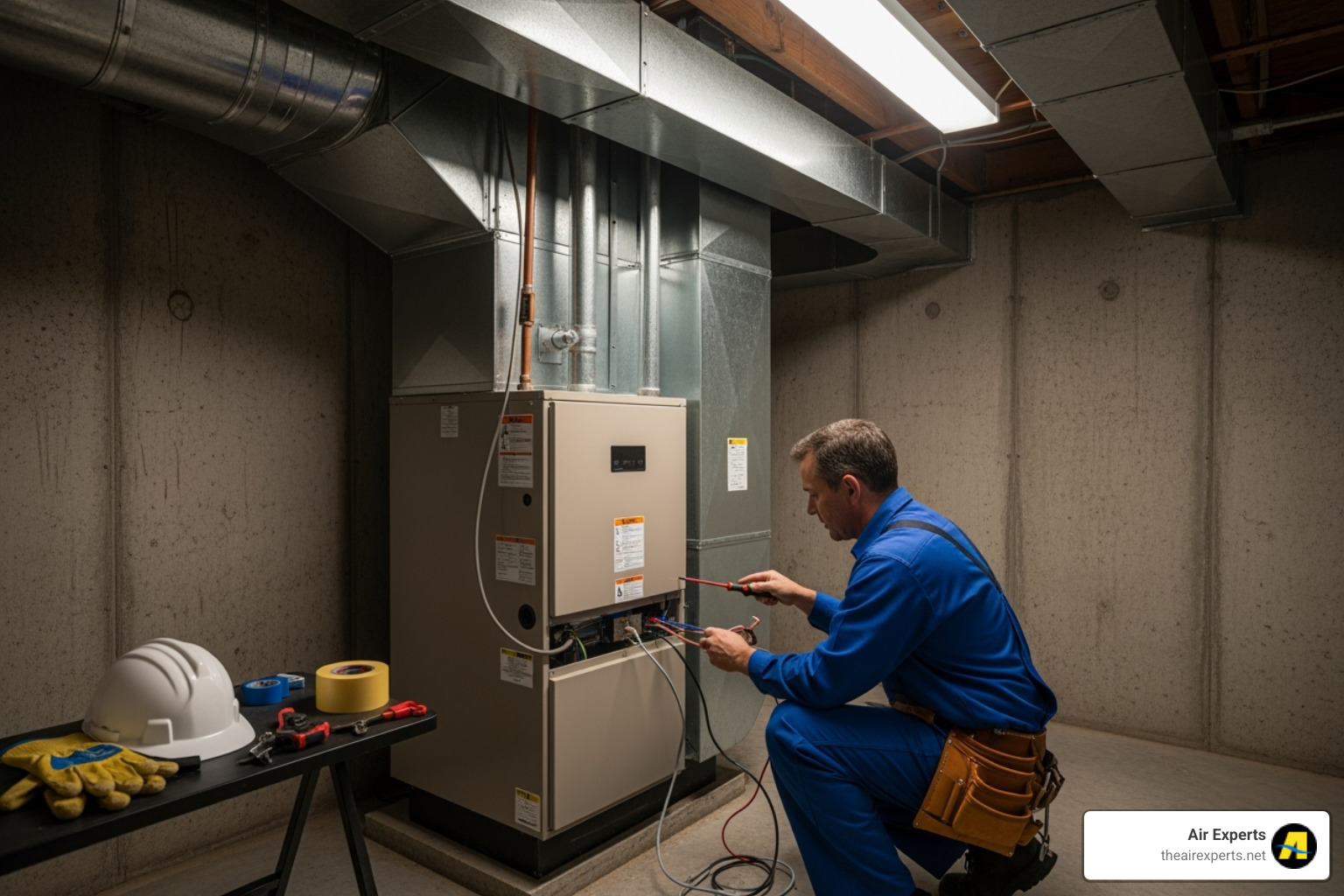
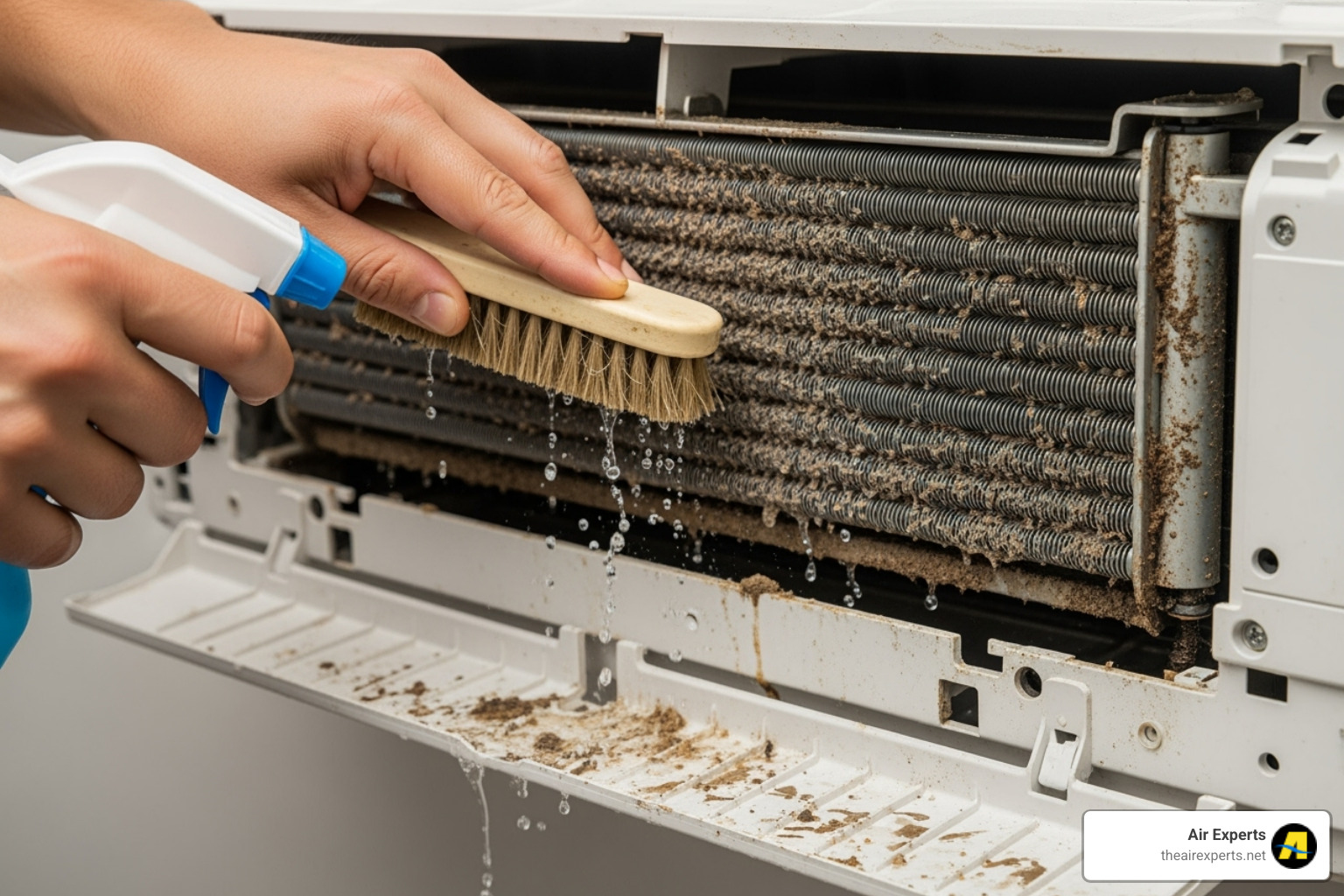
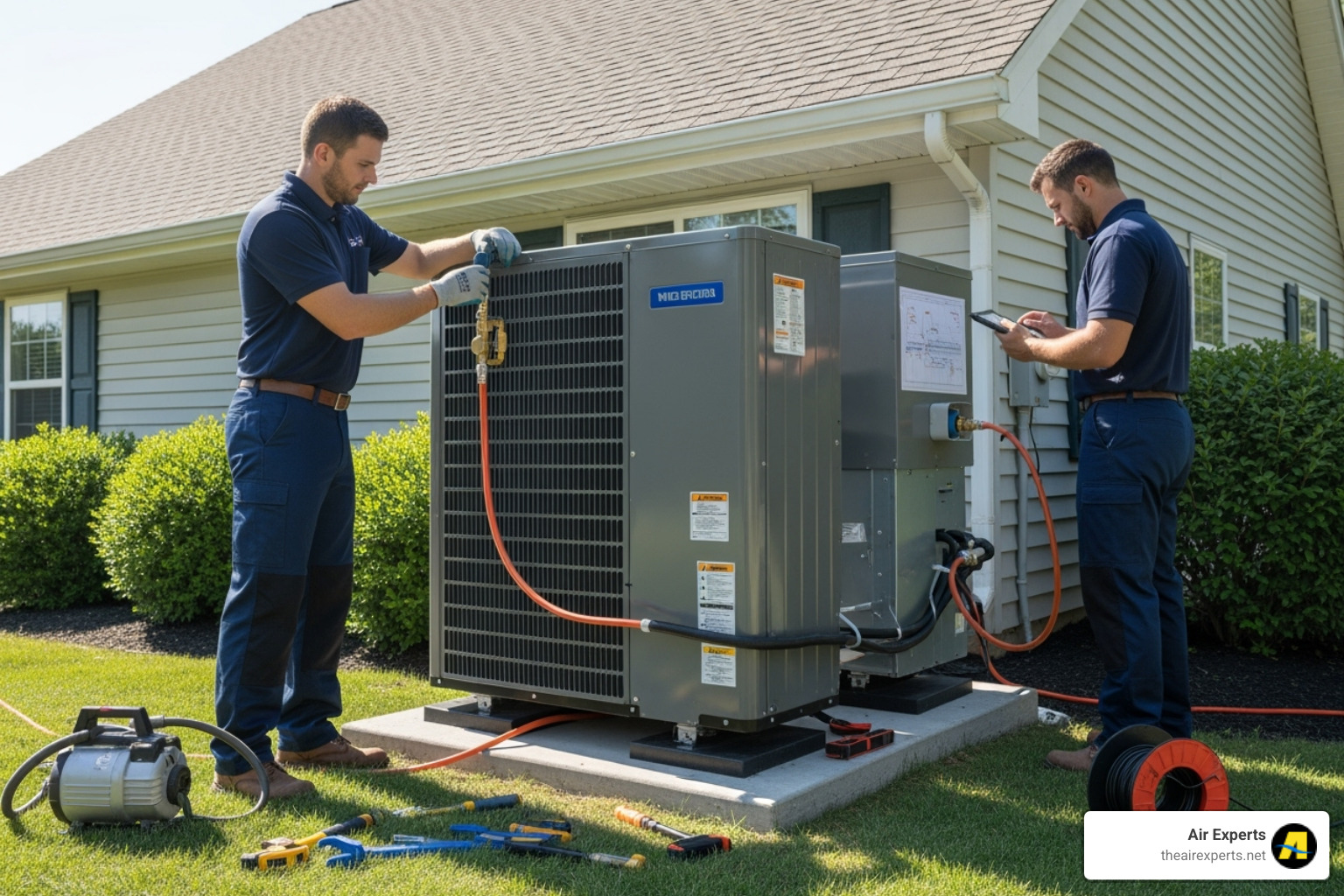

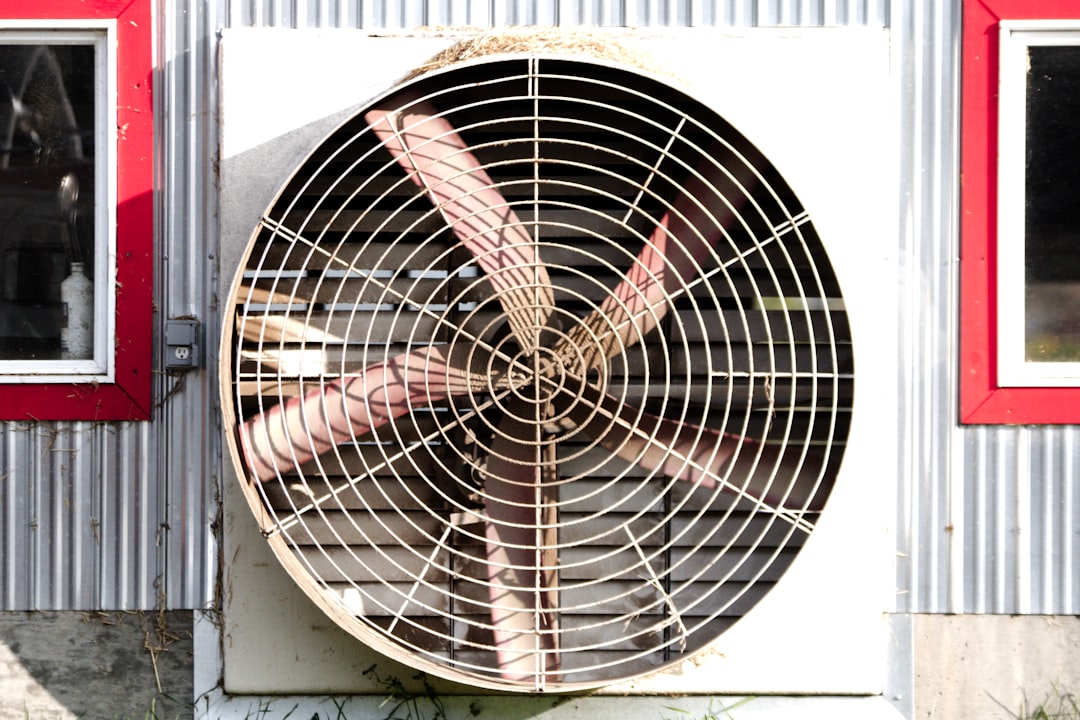

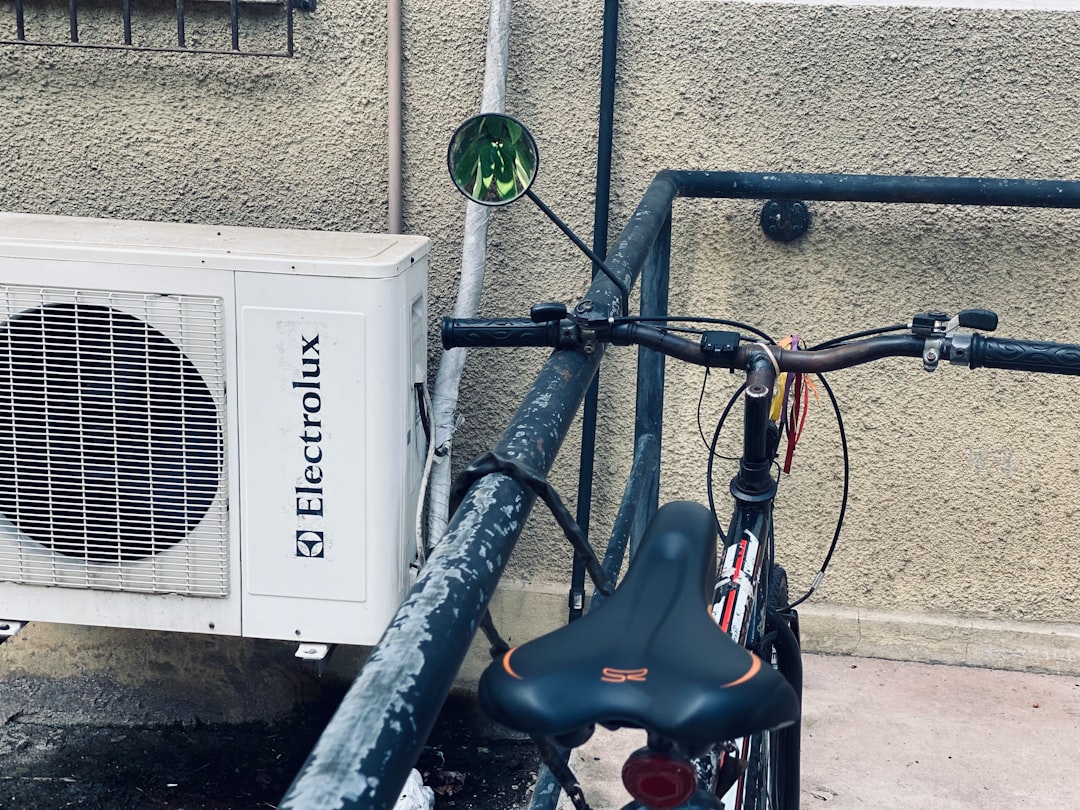
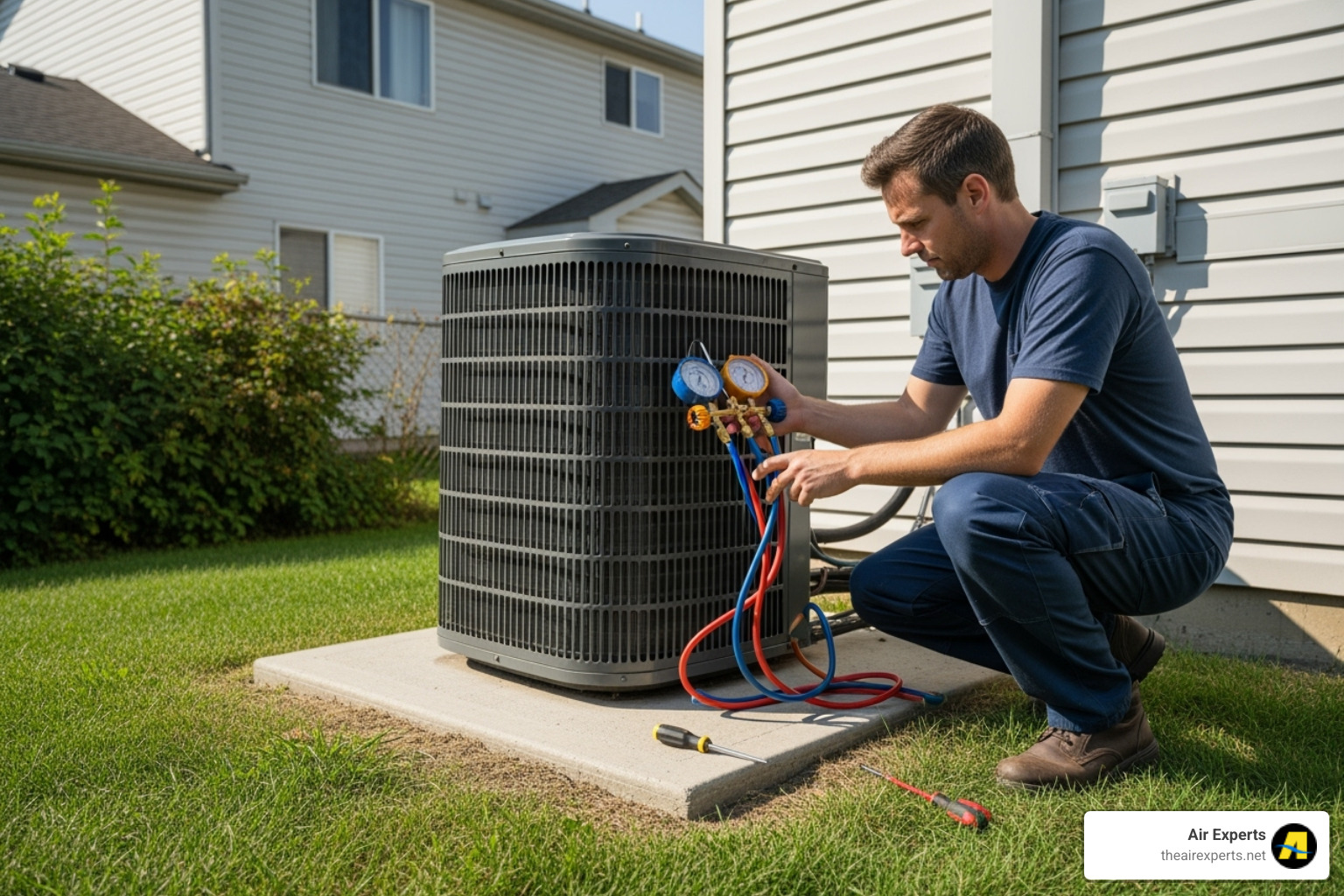


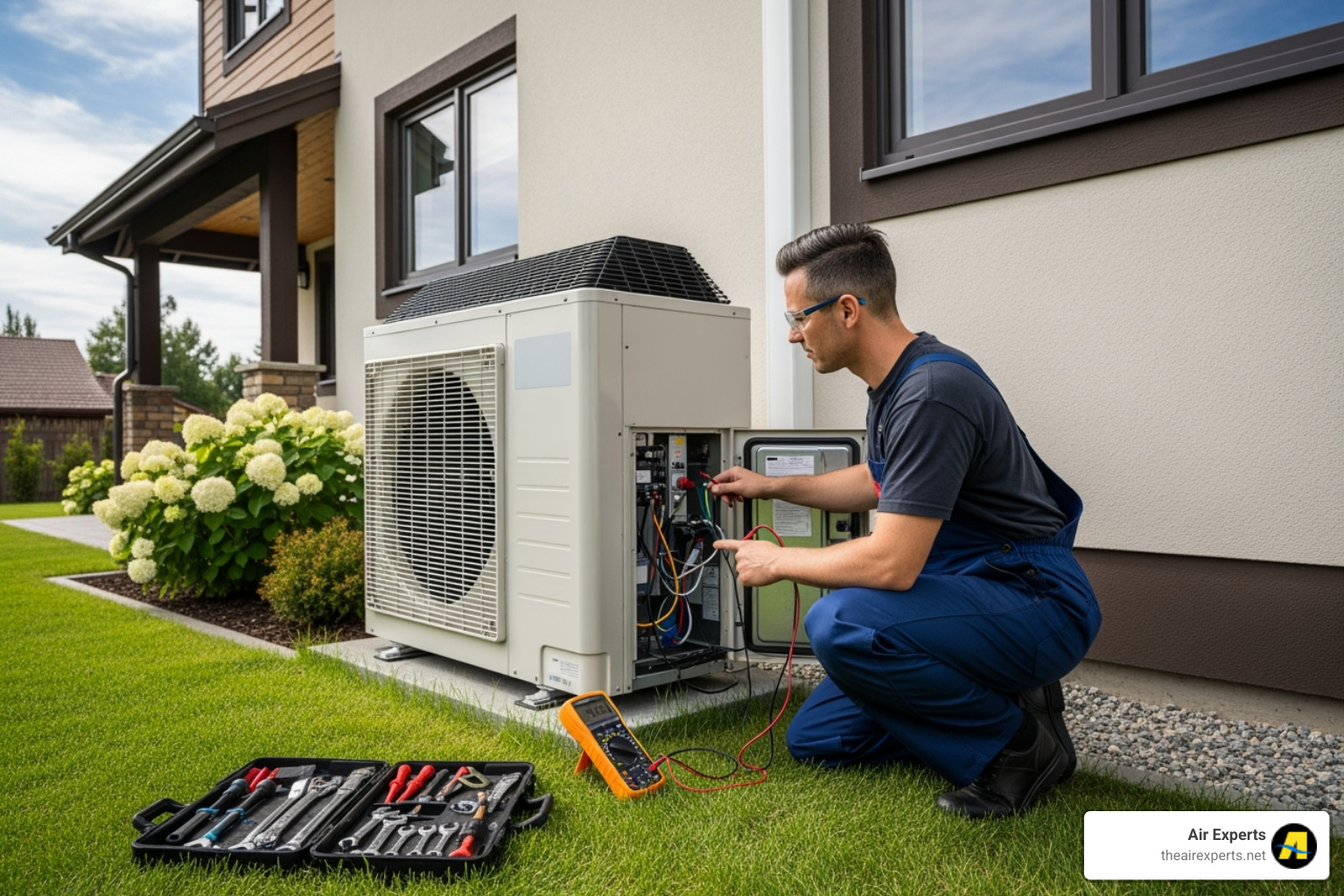
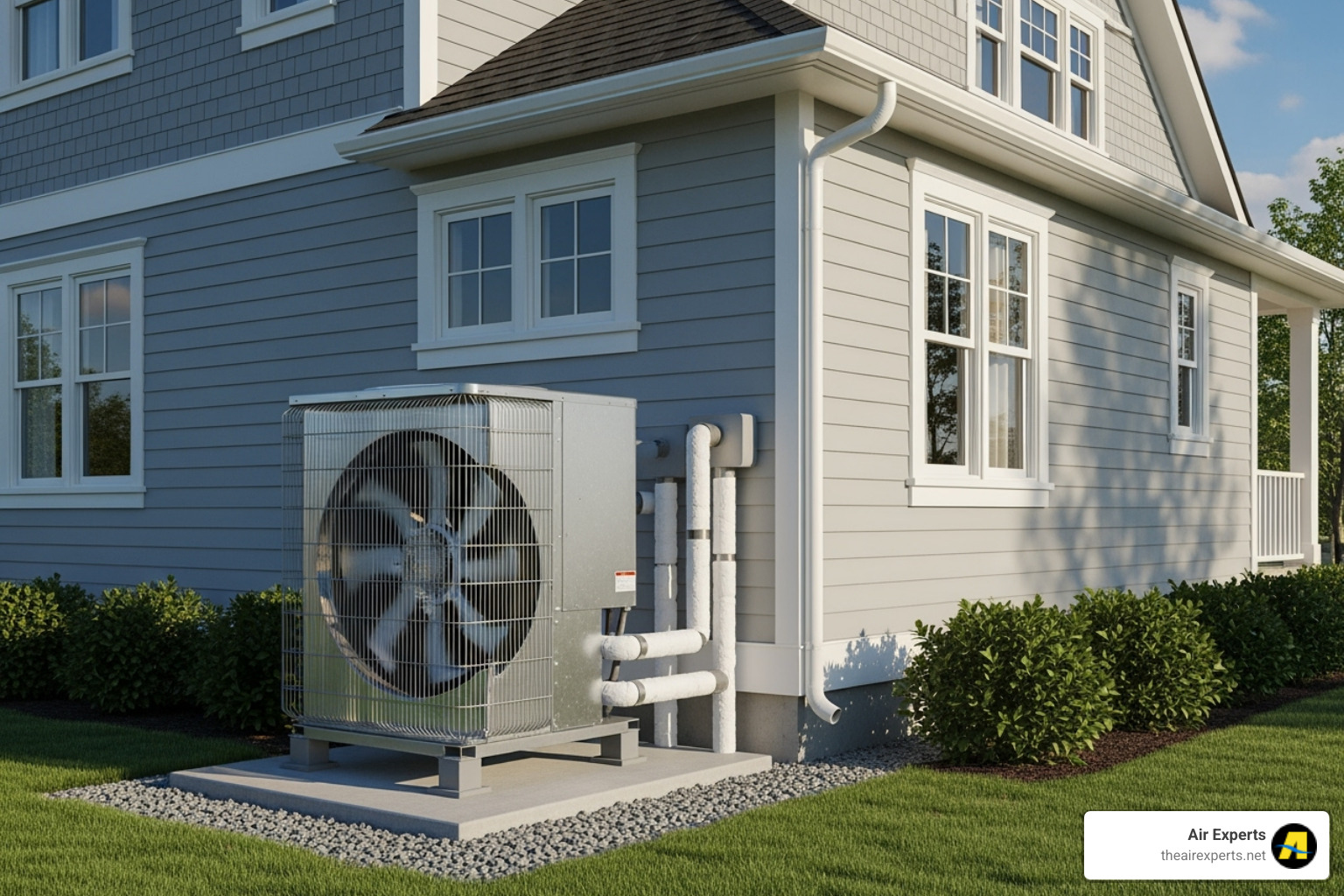
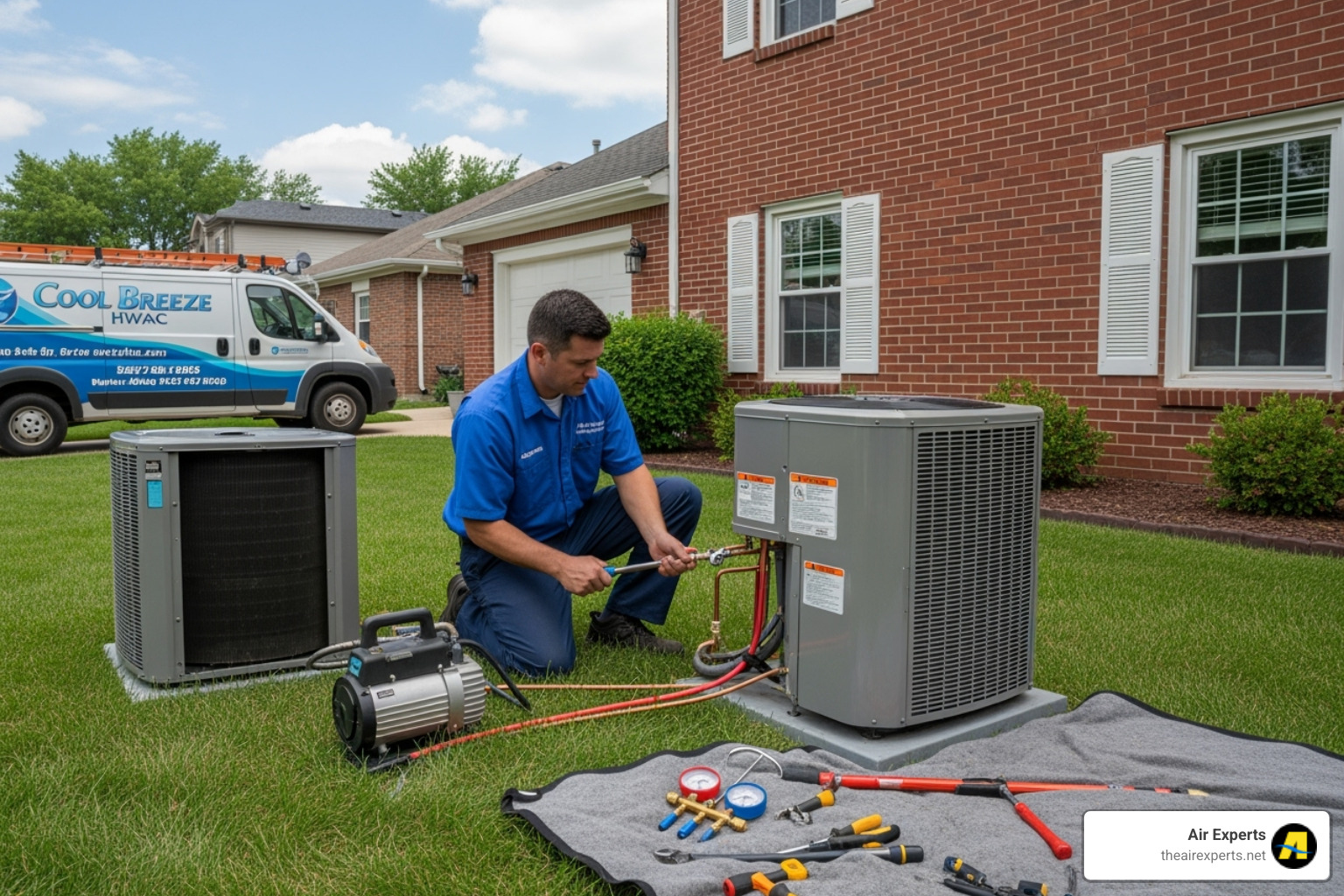

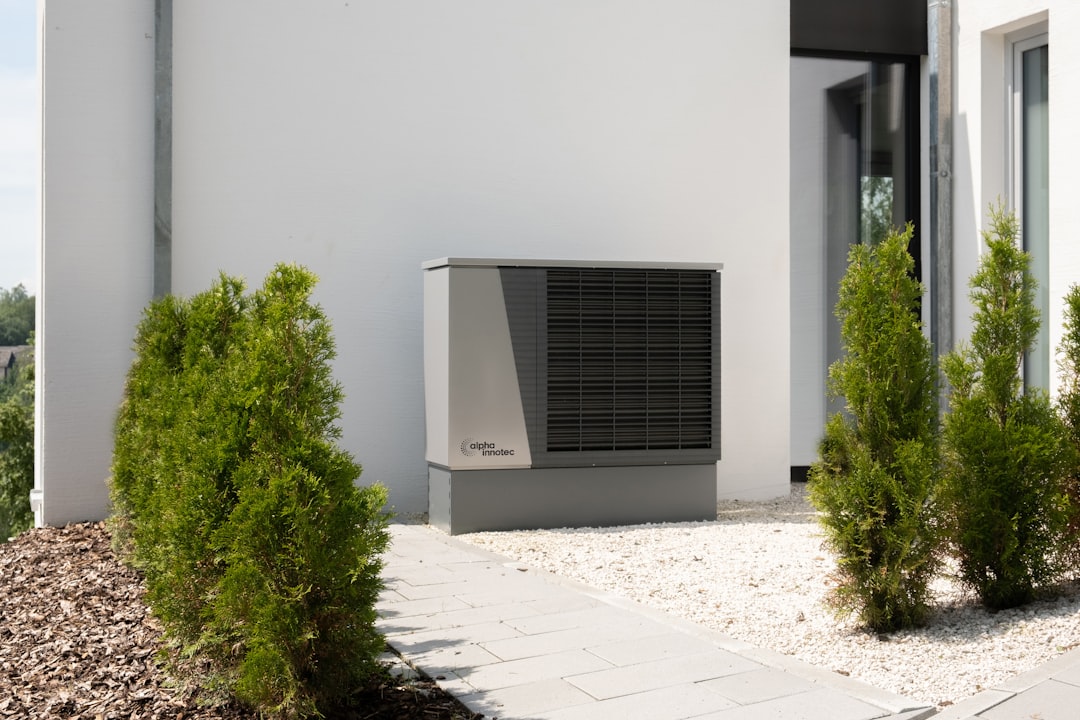
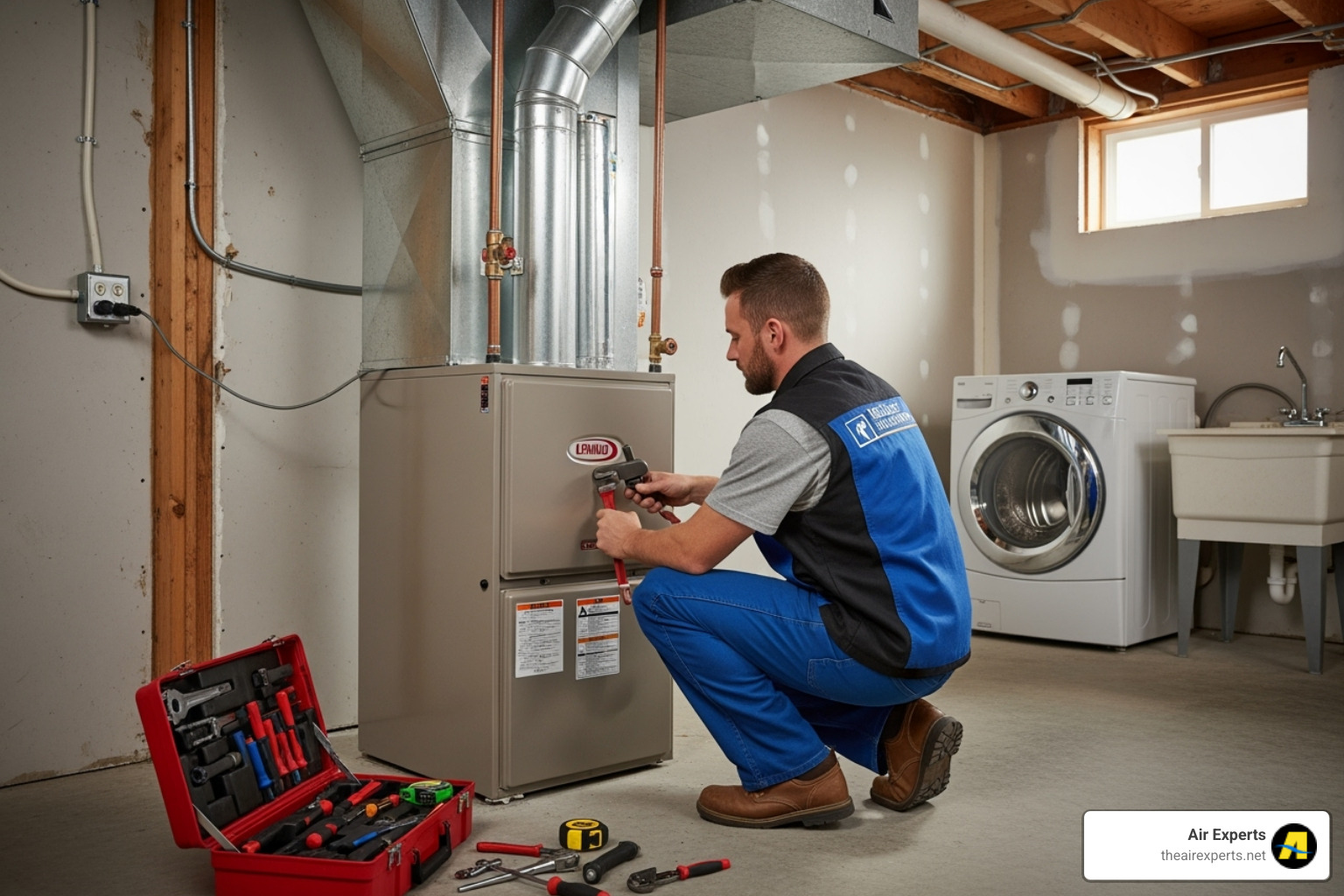
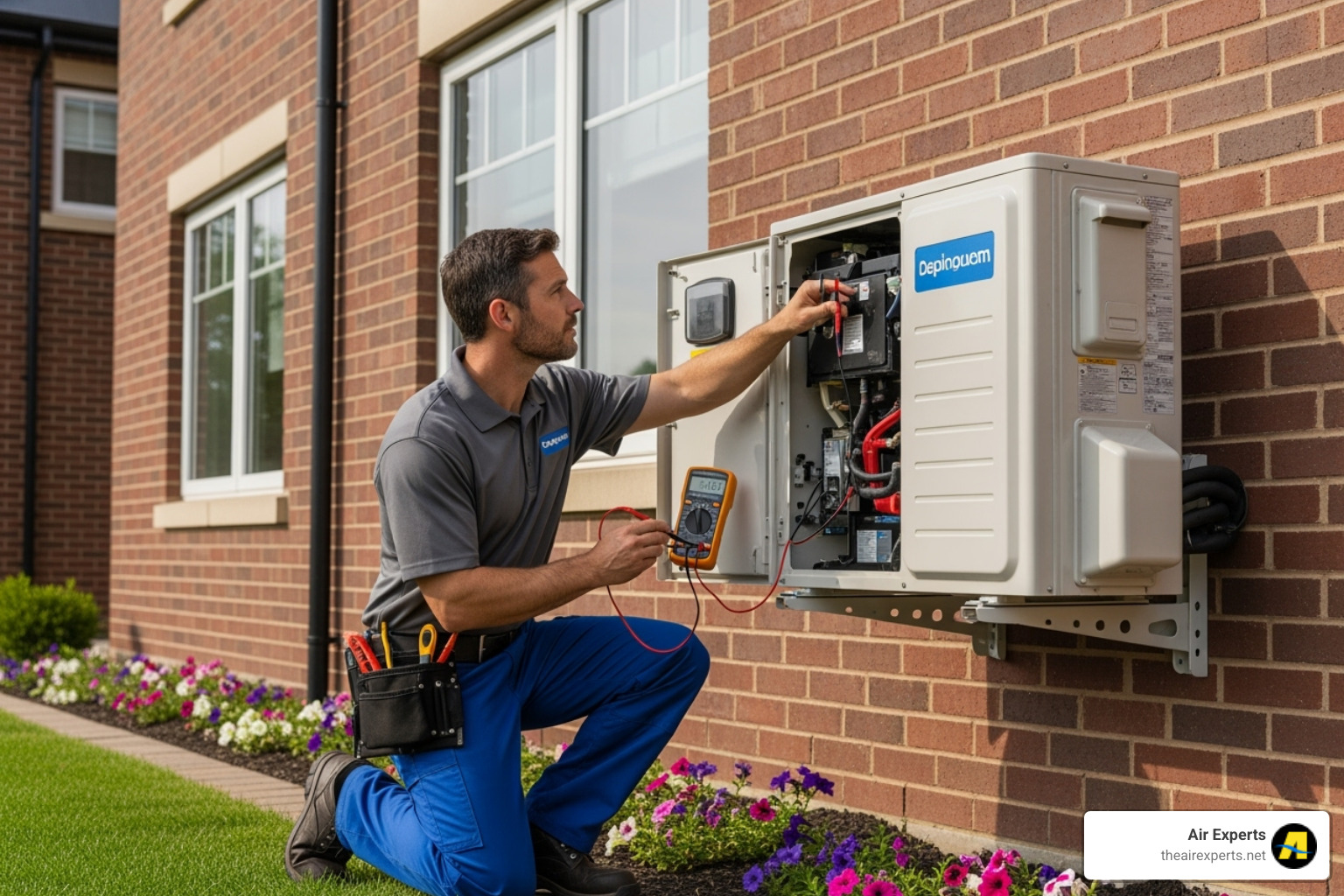
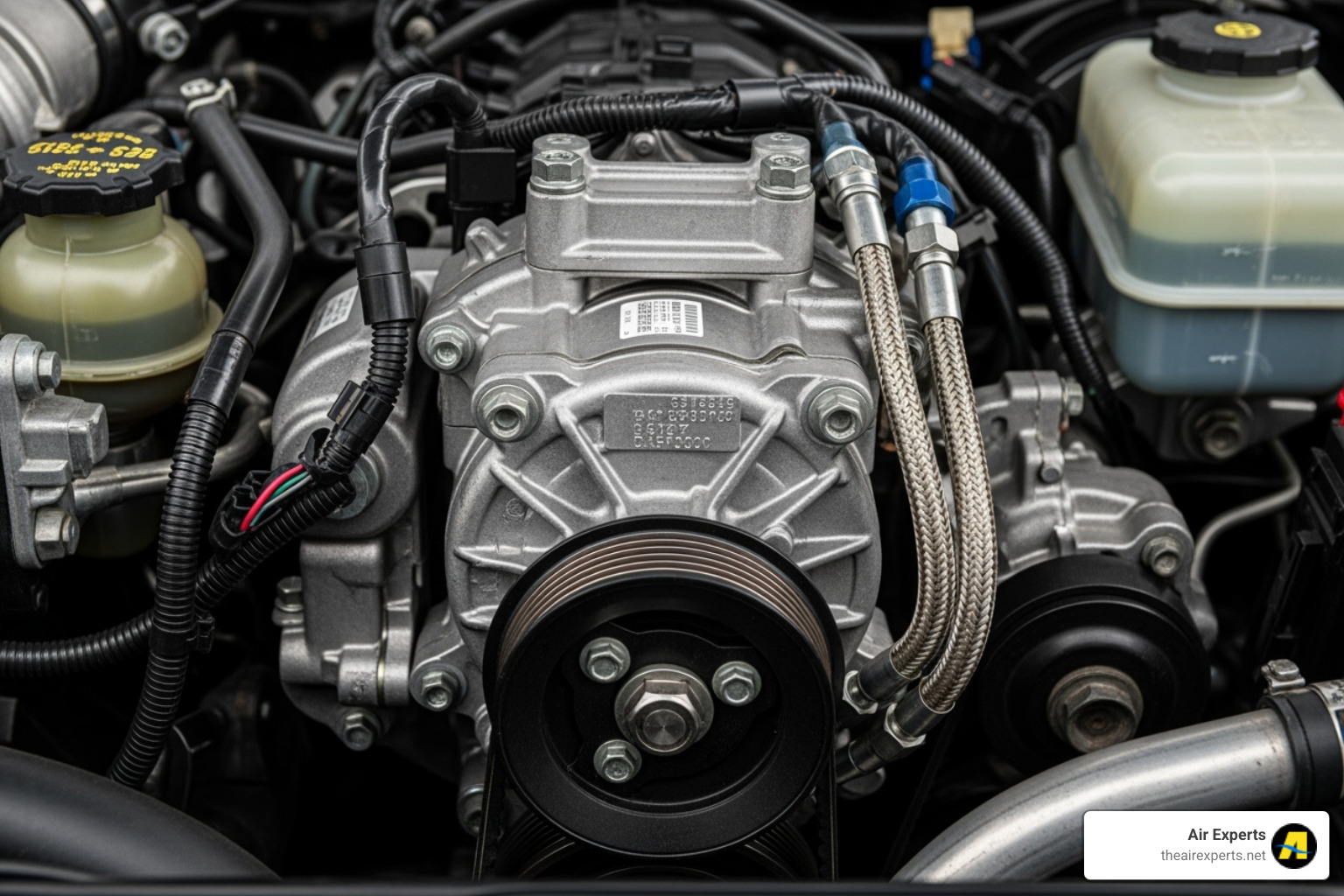

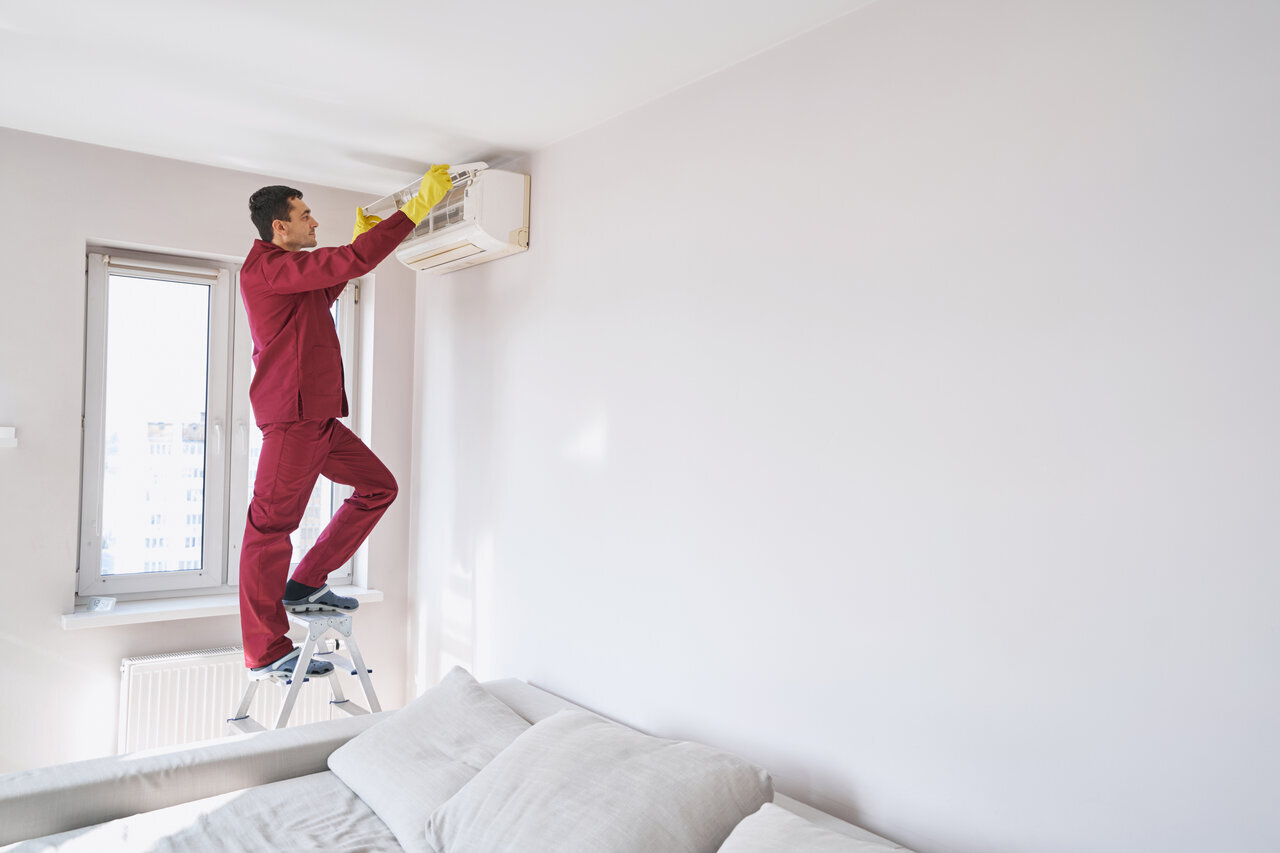

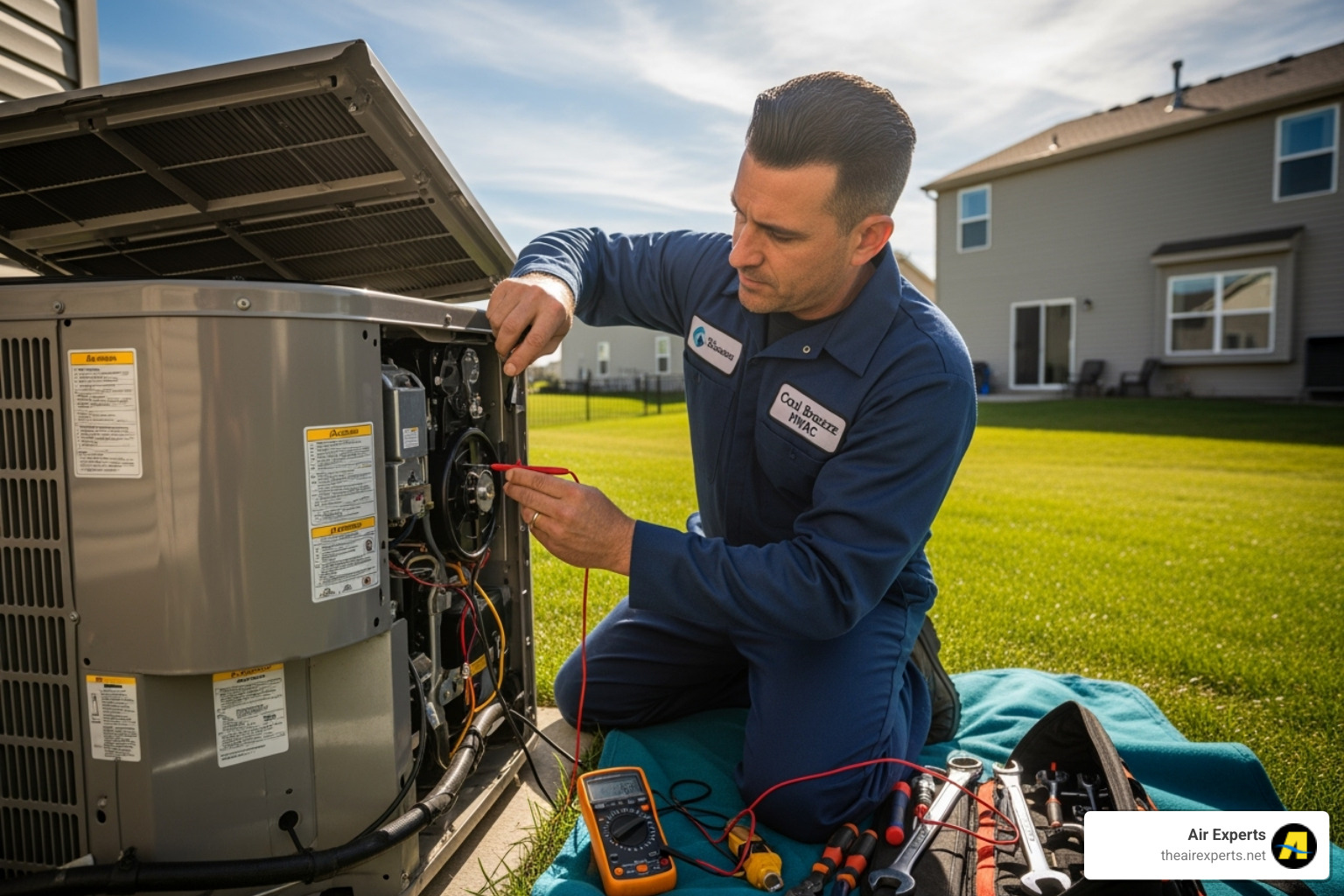


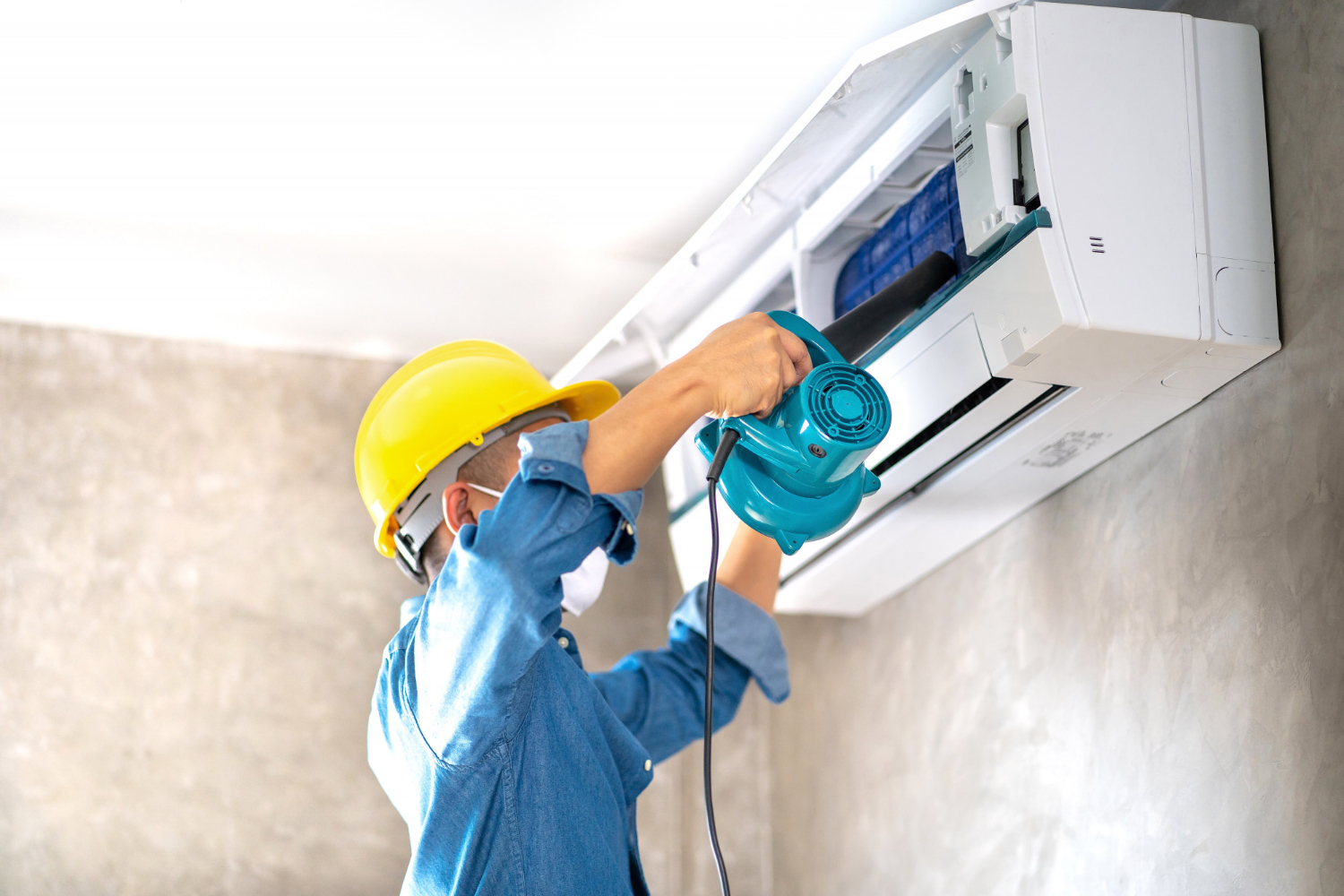
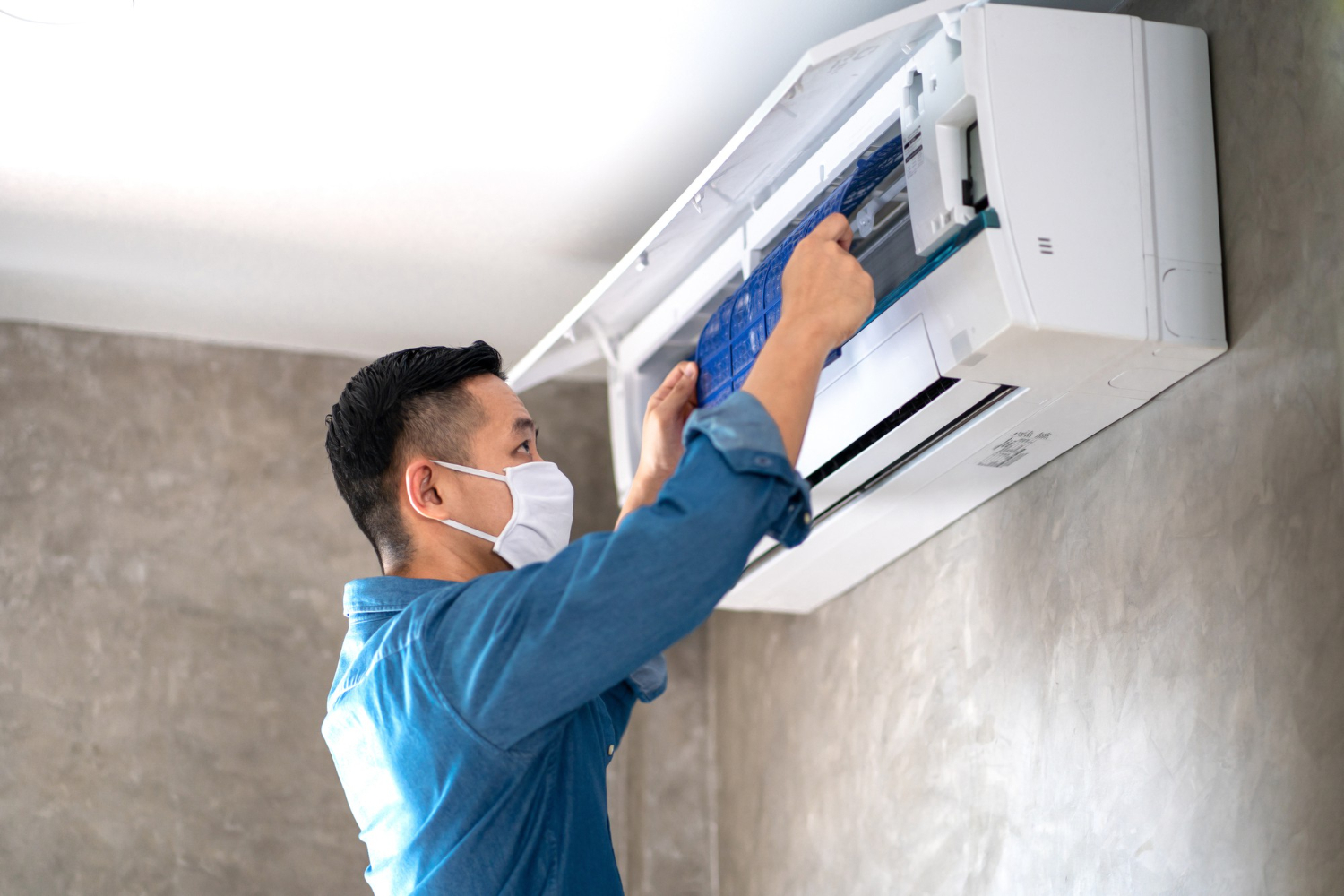
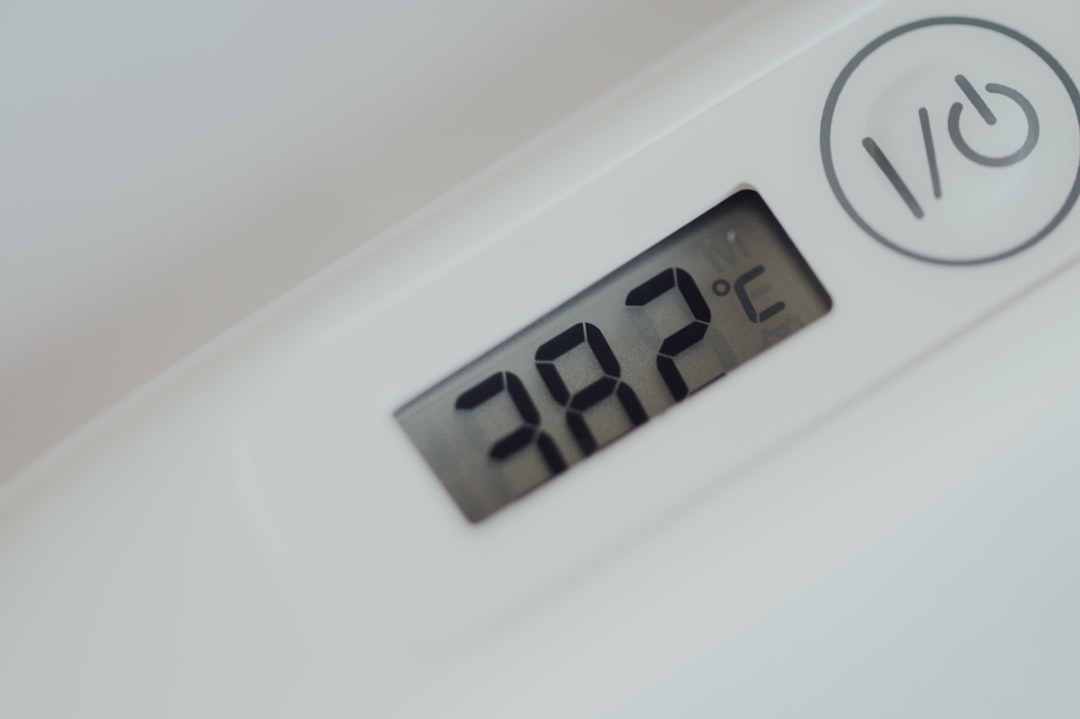

.png)


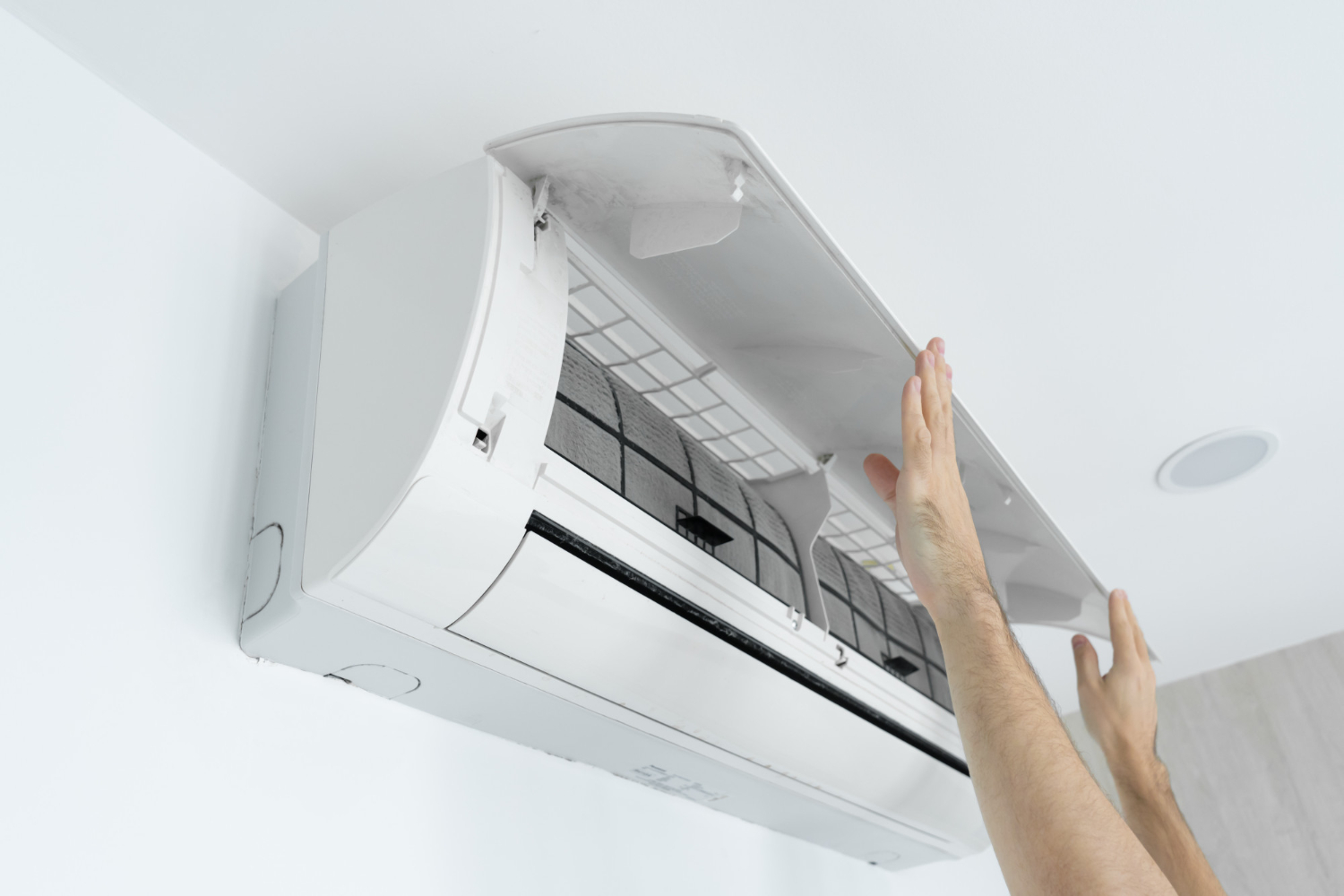
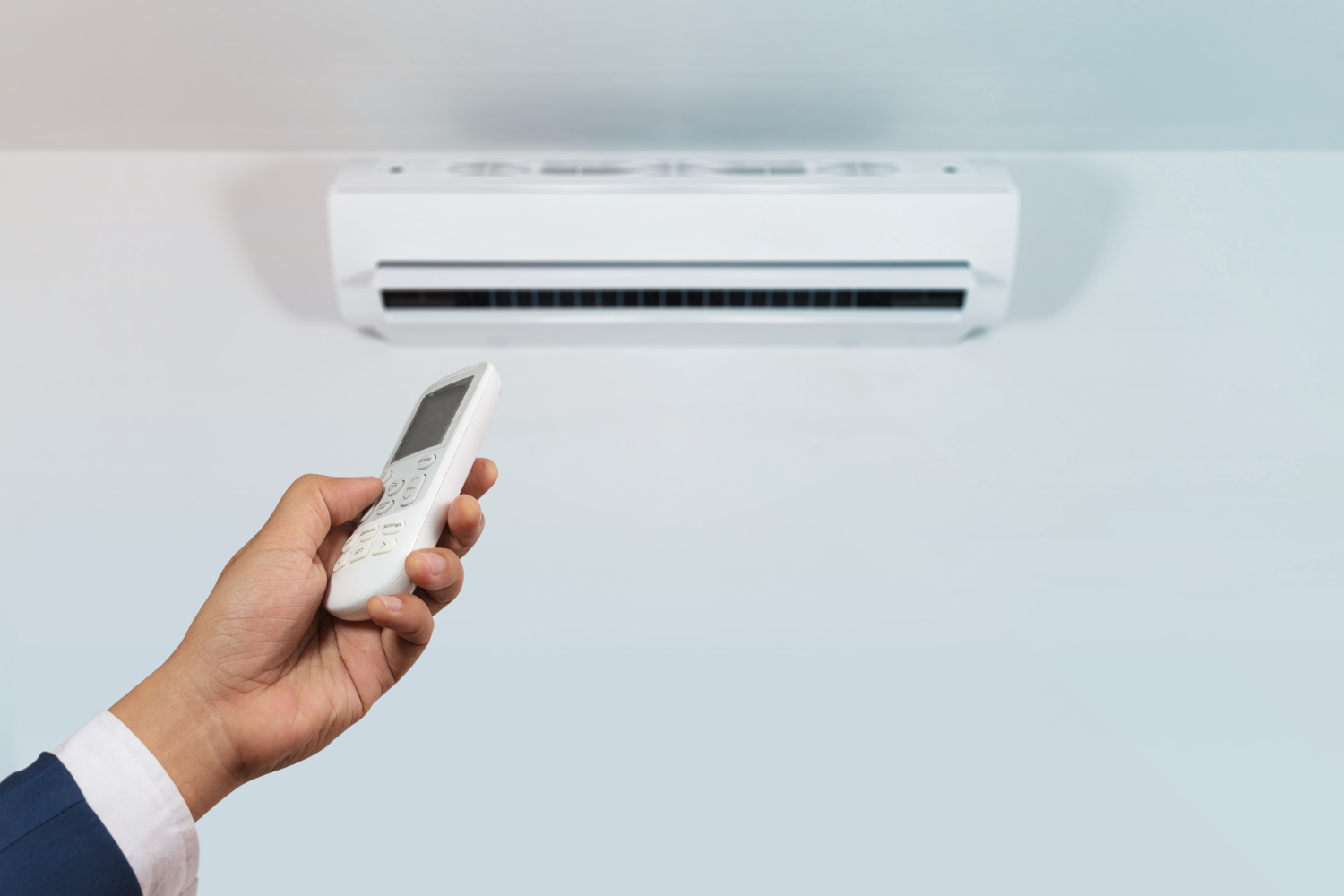


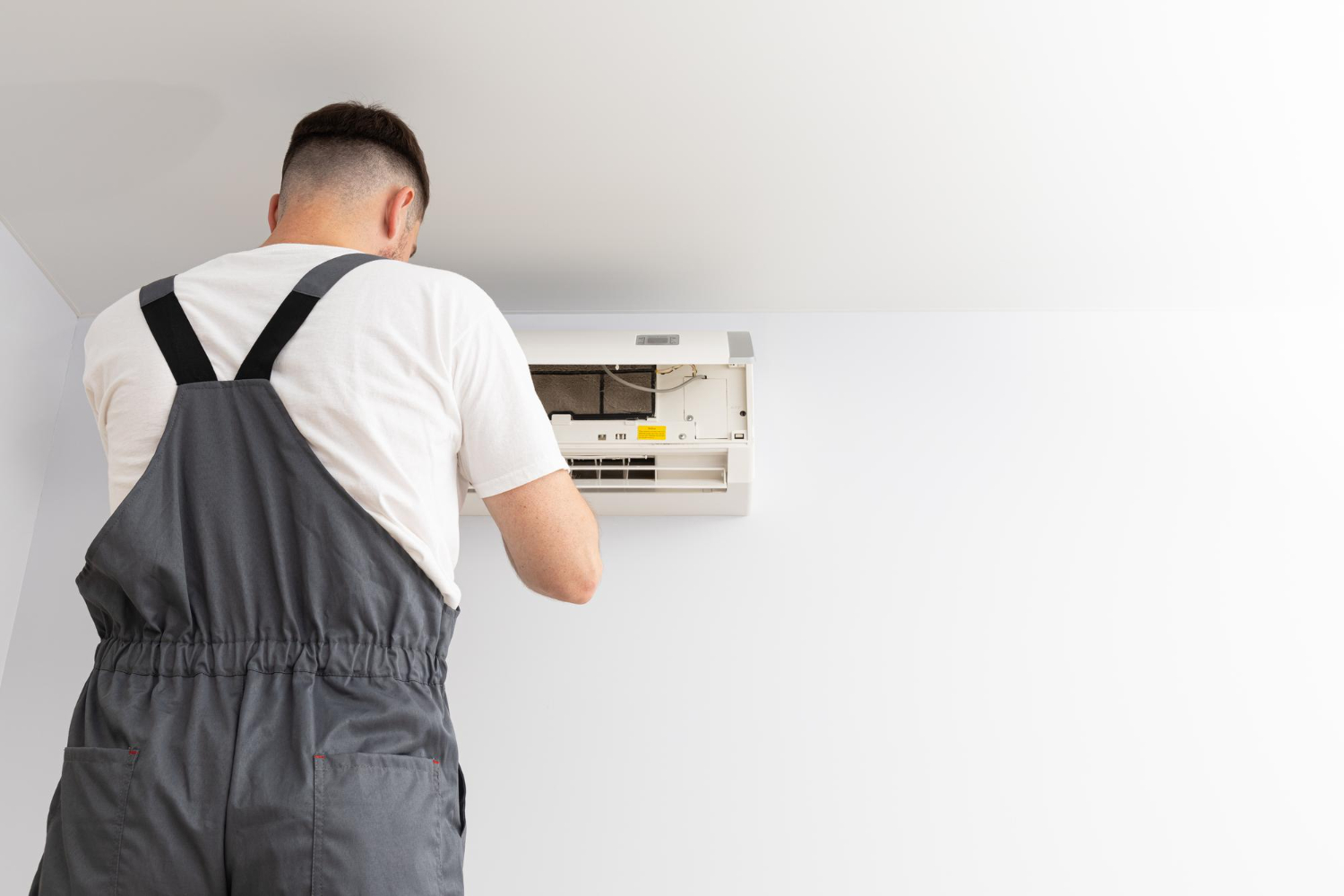
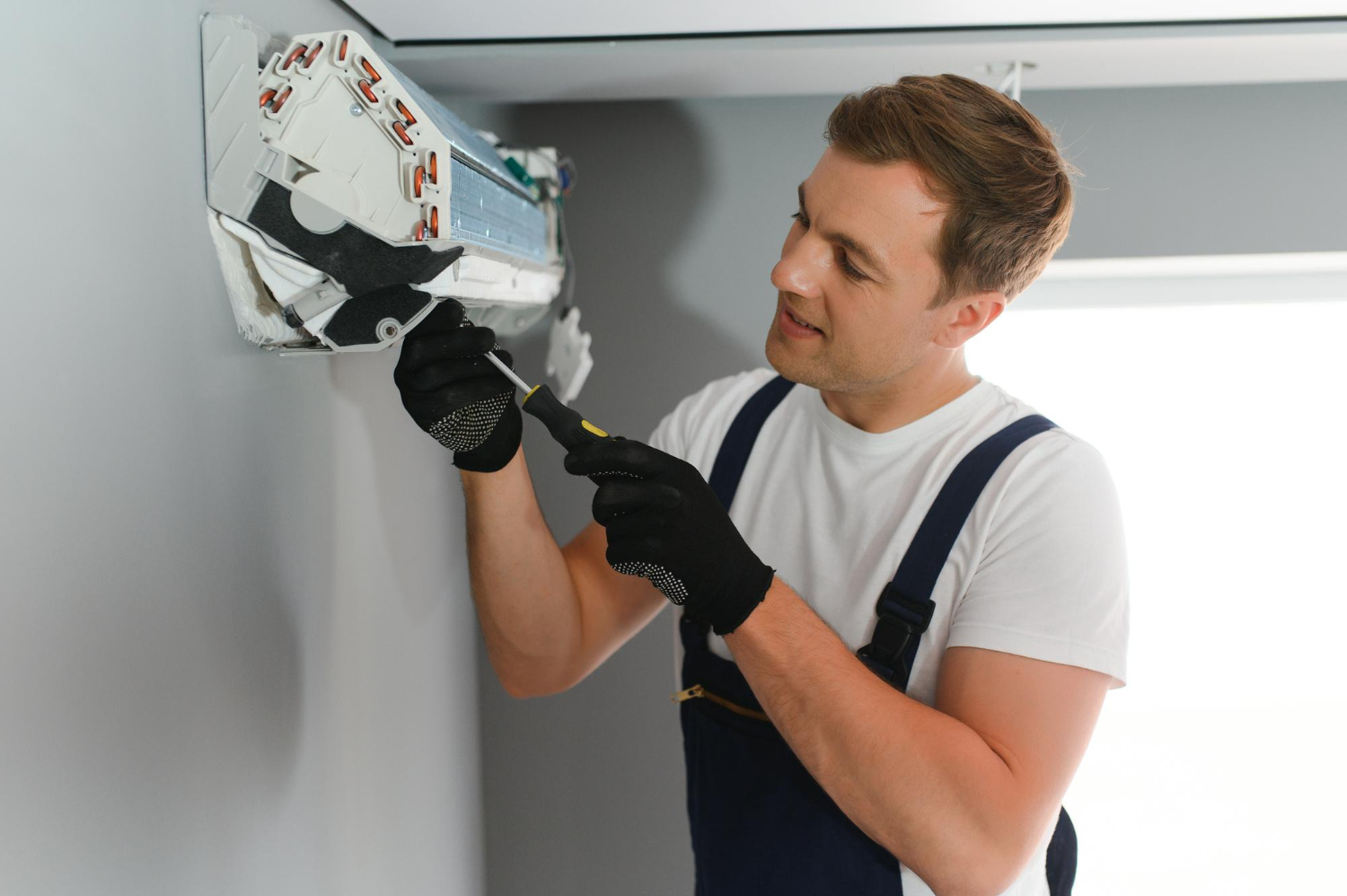
.svg)
.svg)




.svg)
.svg)
